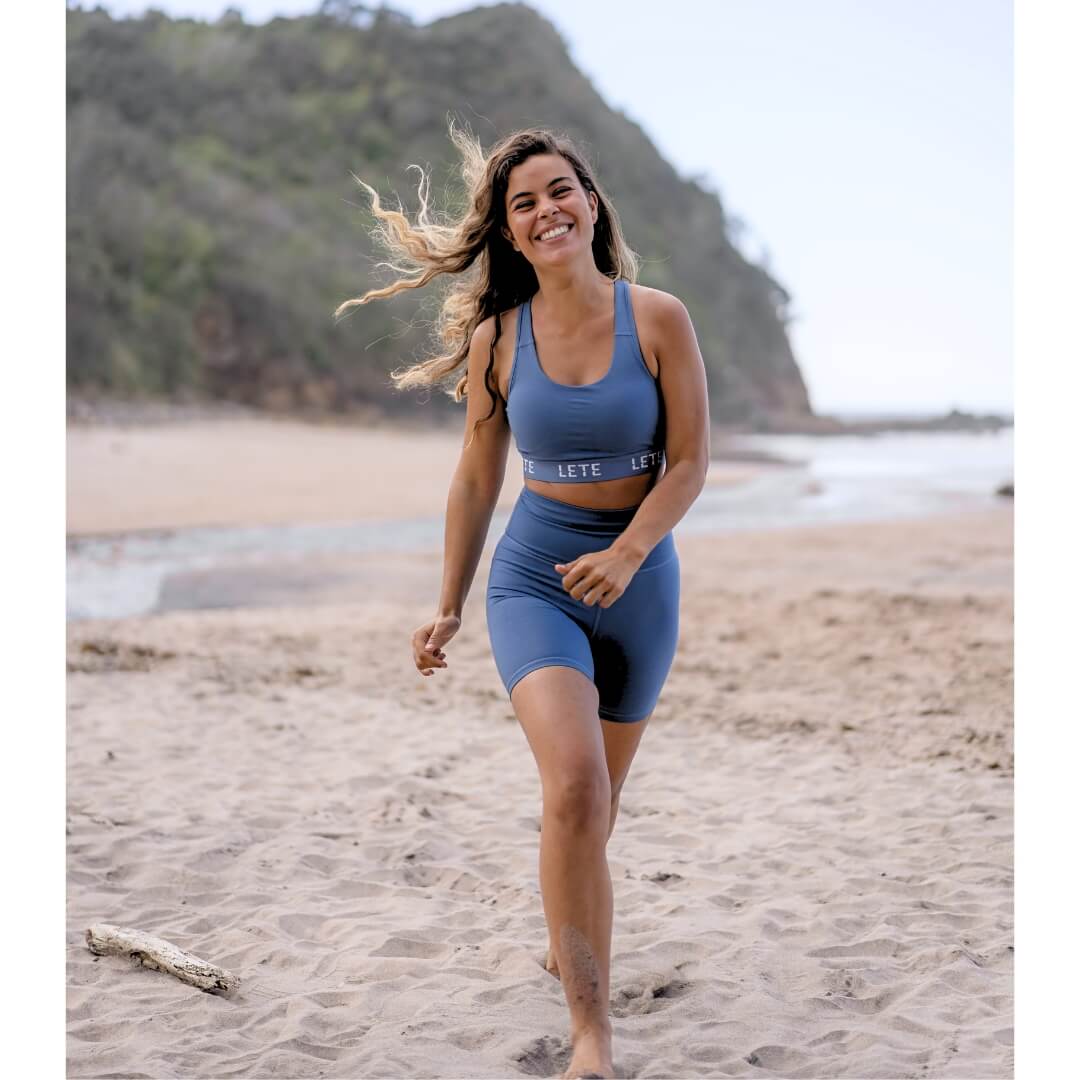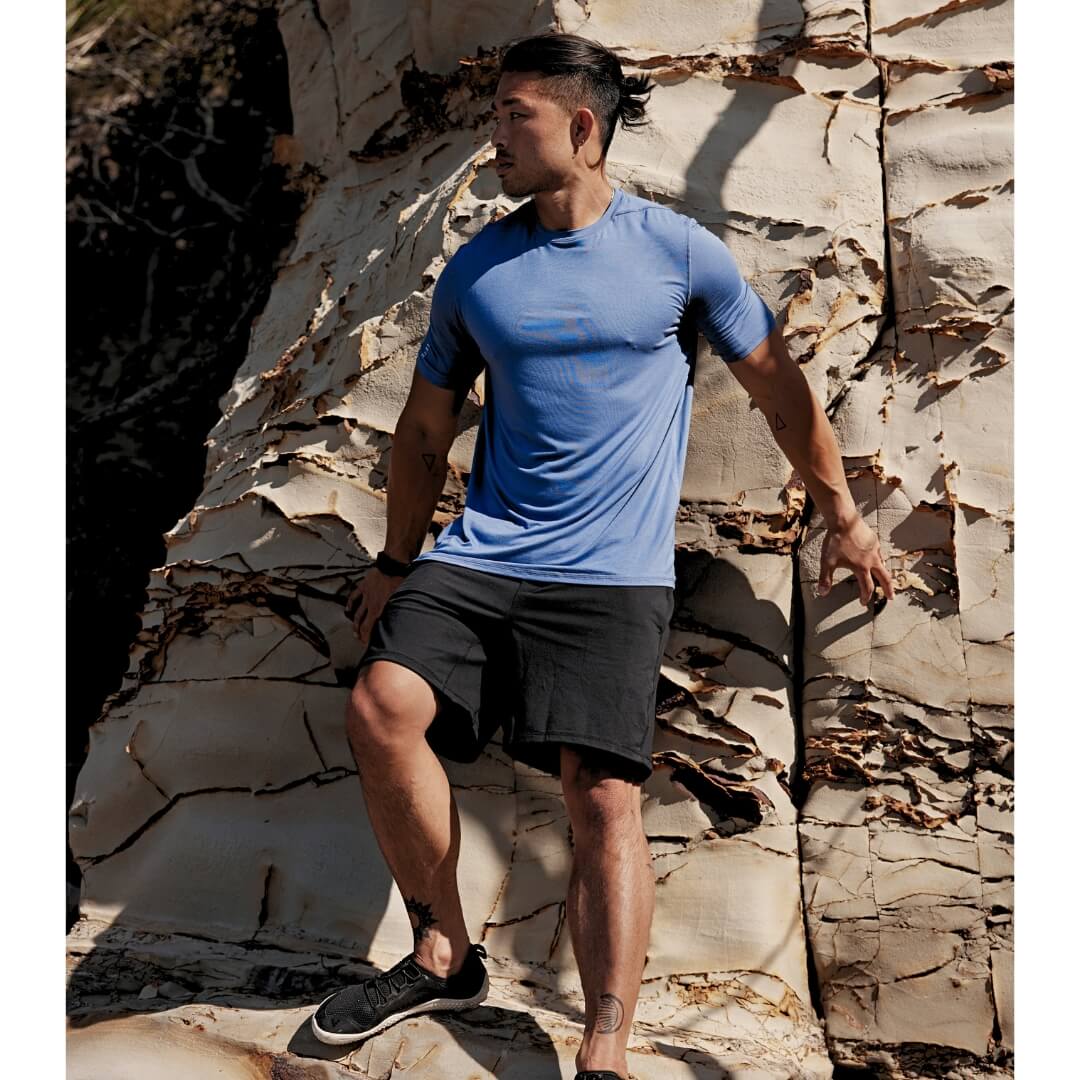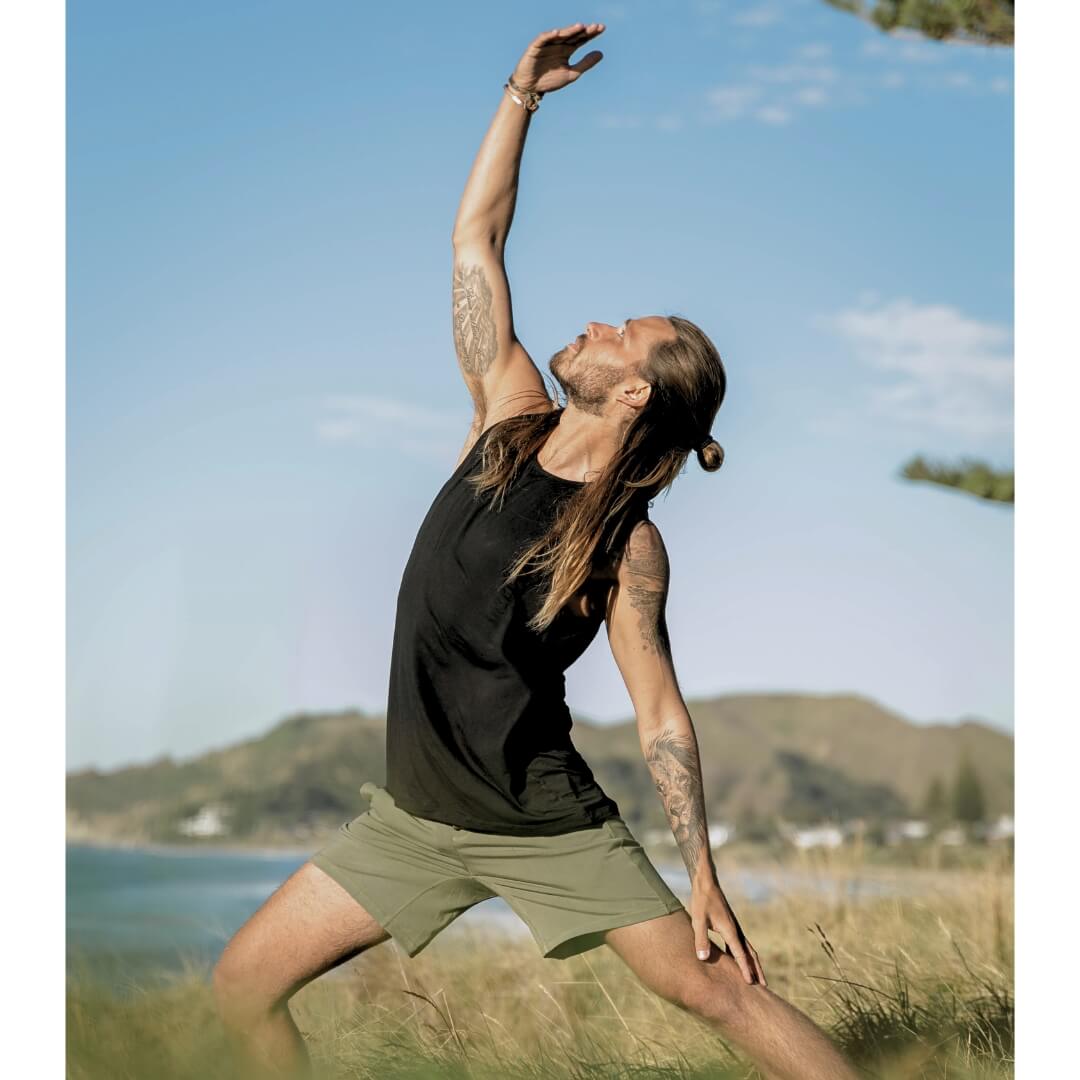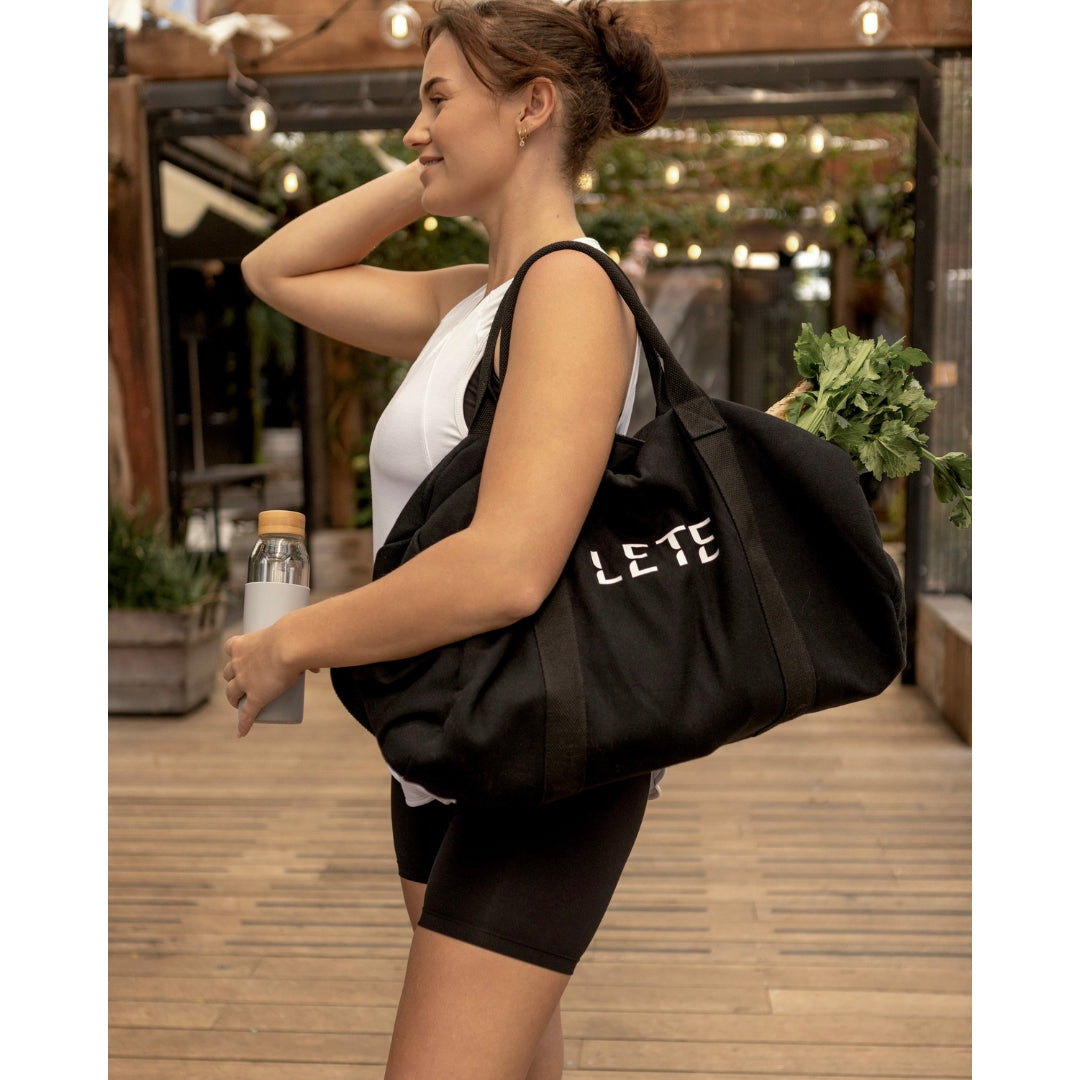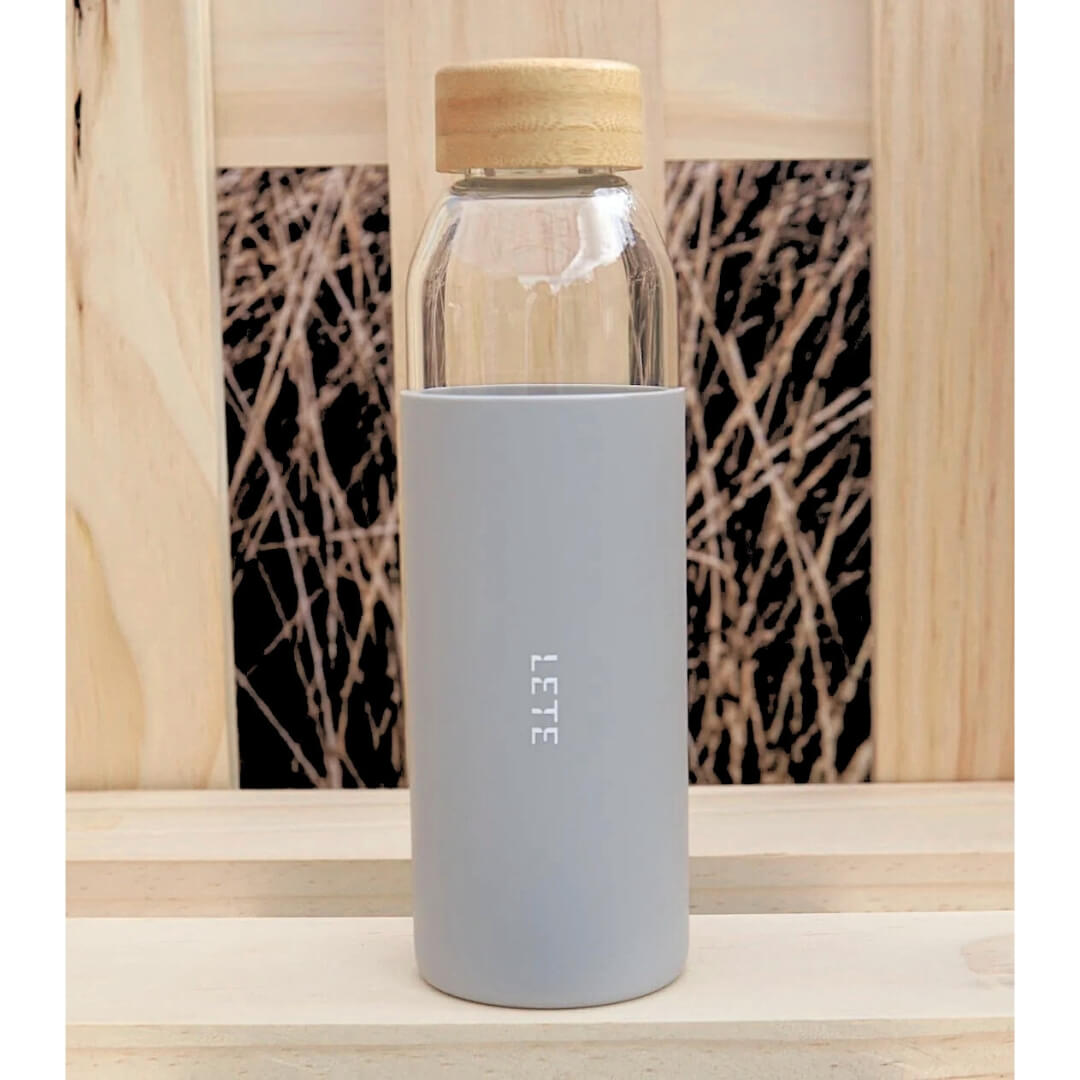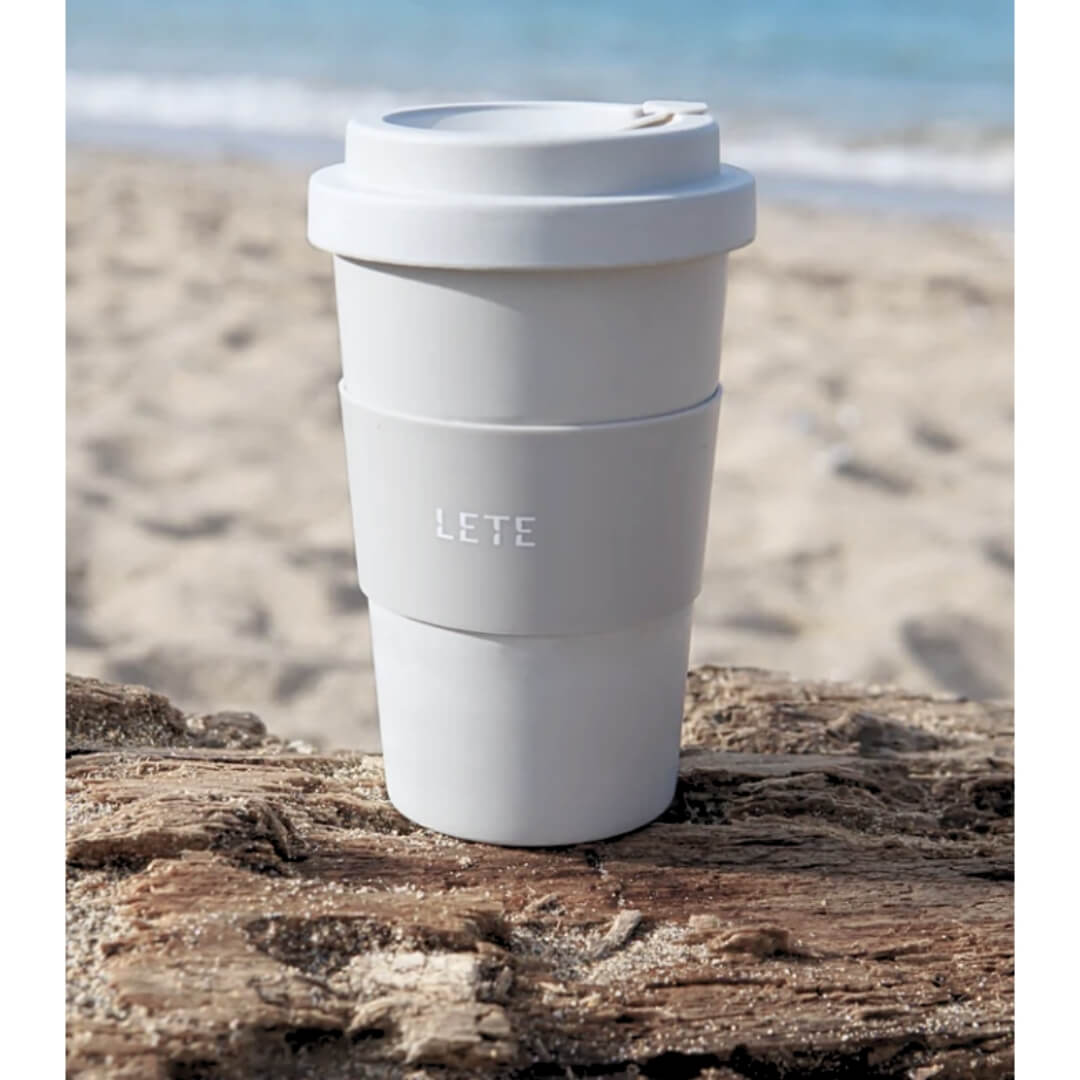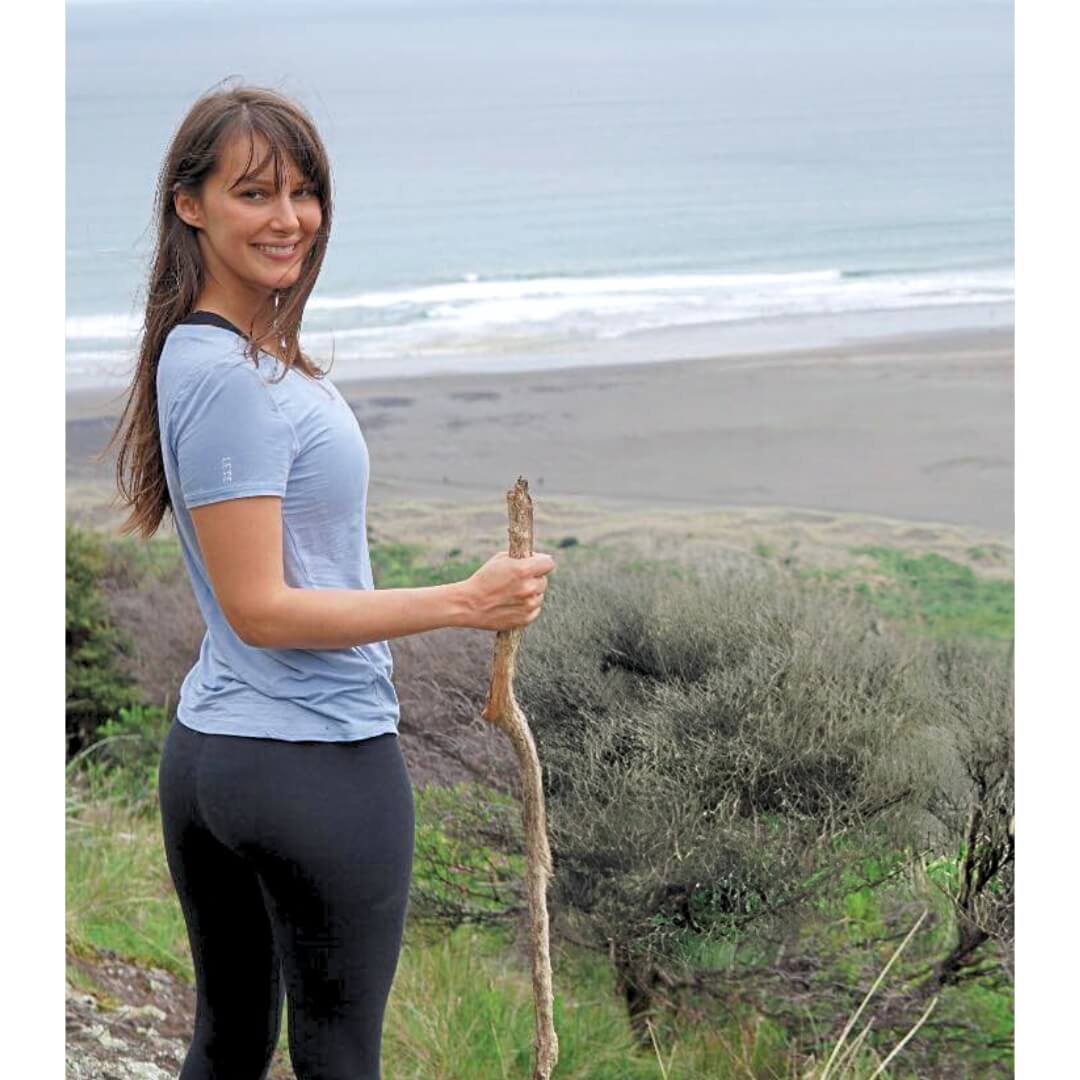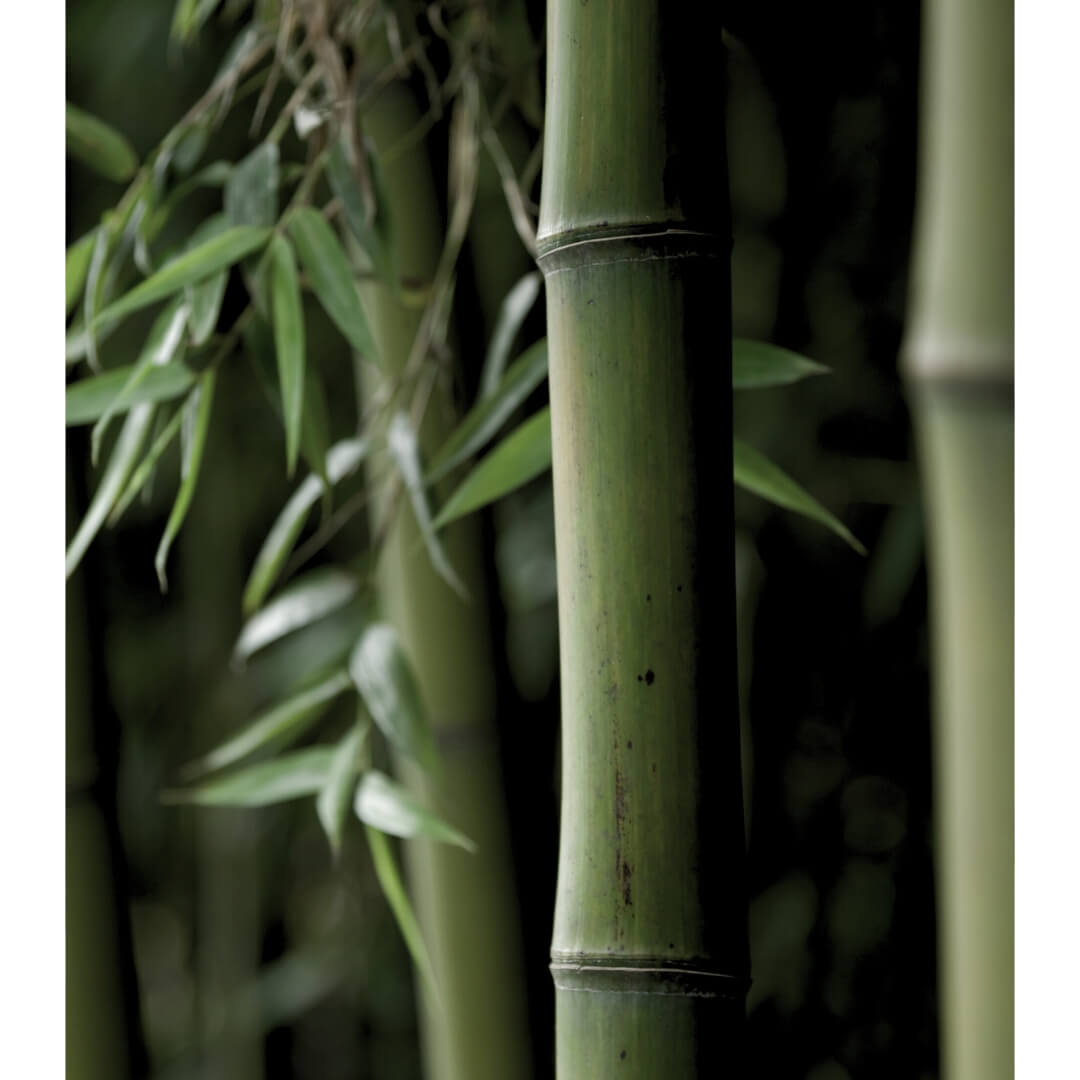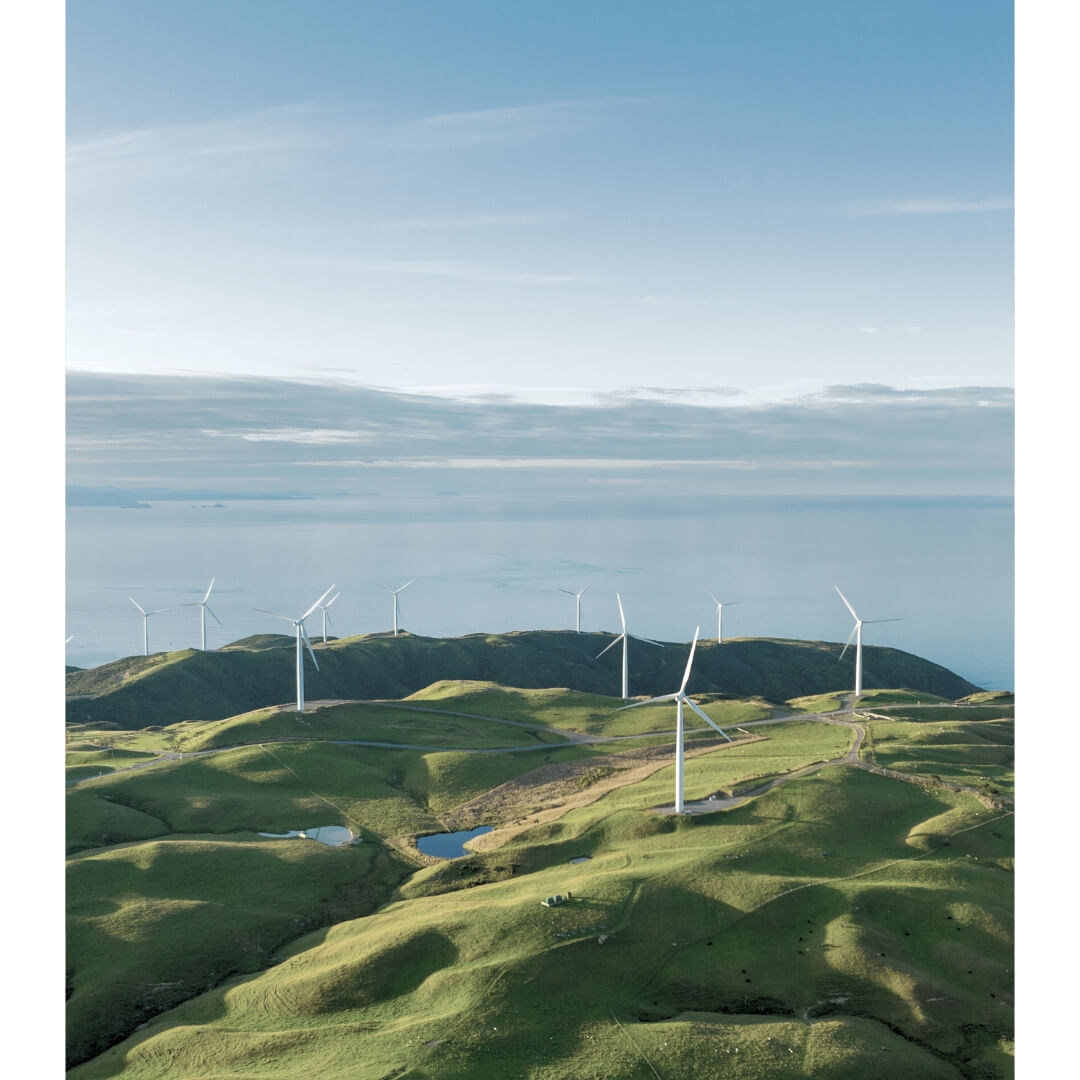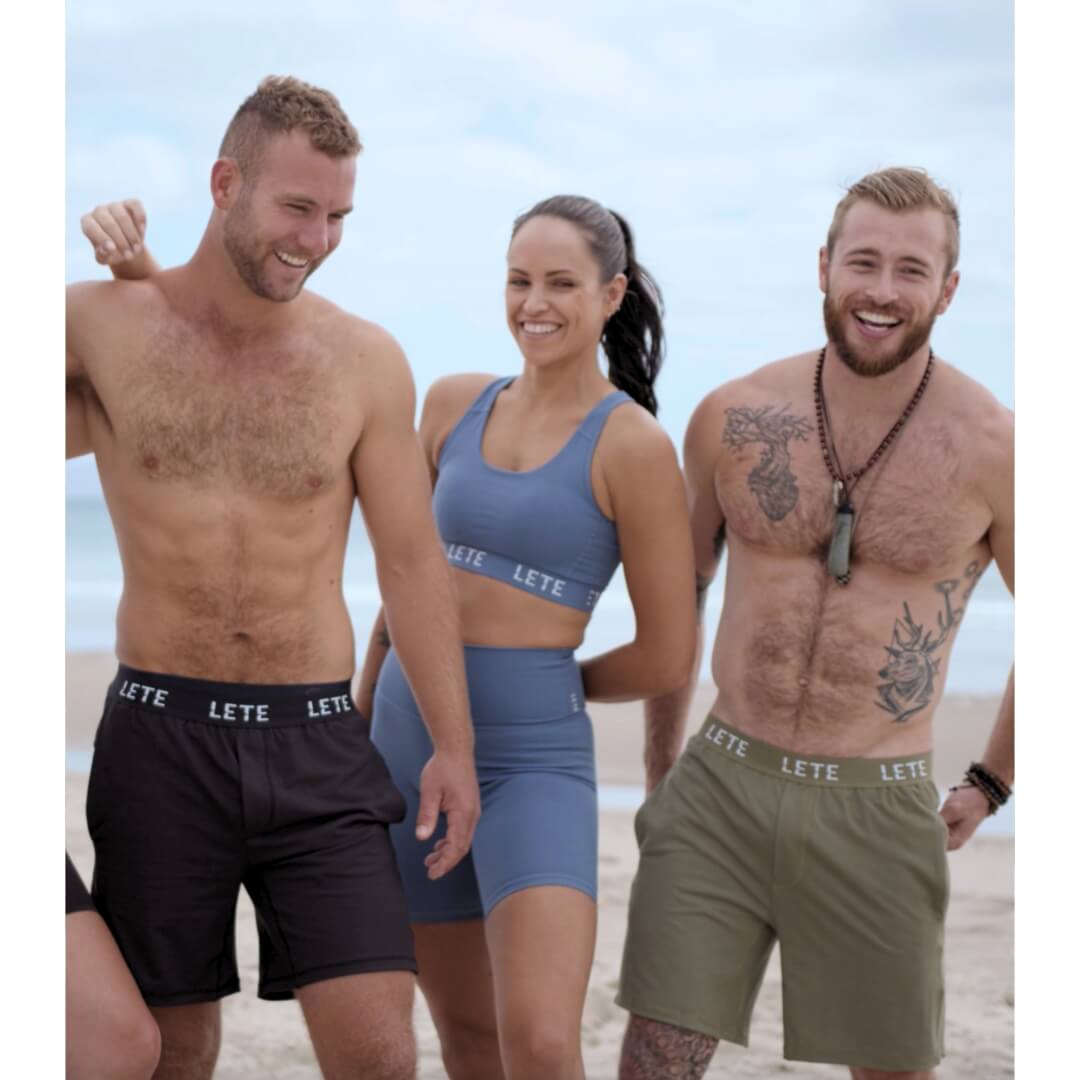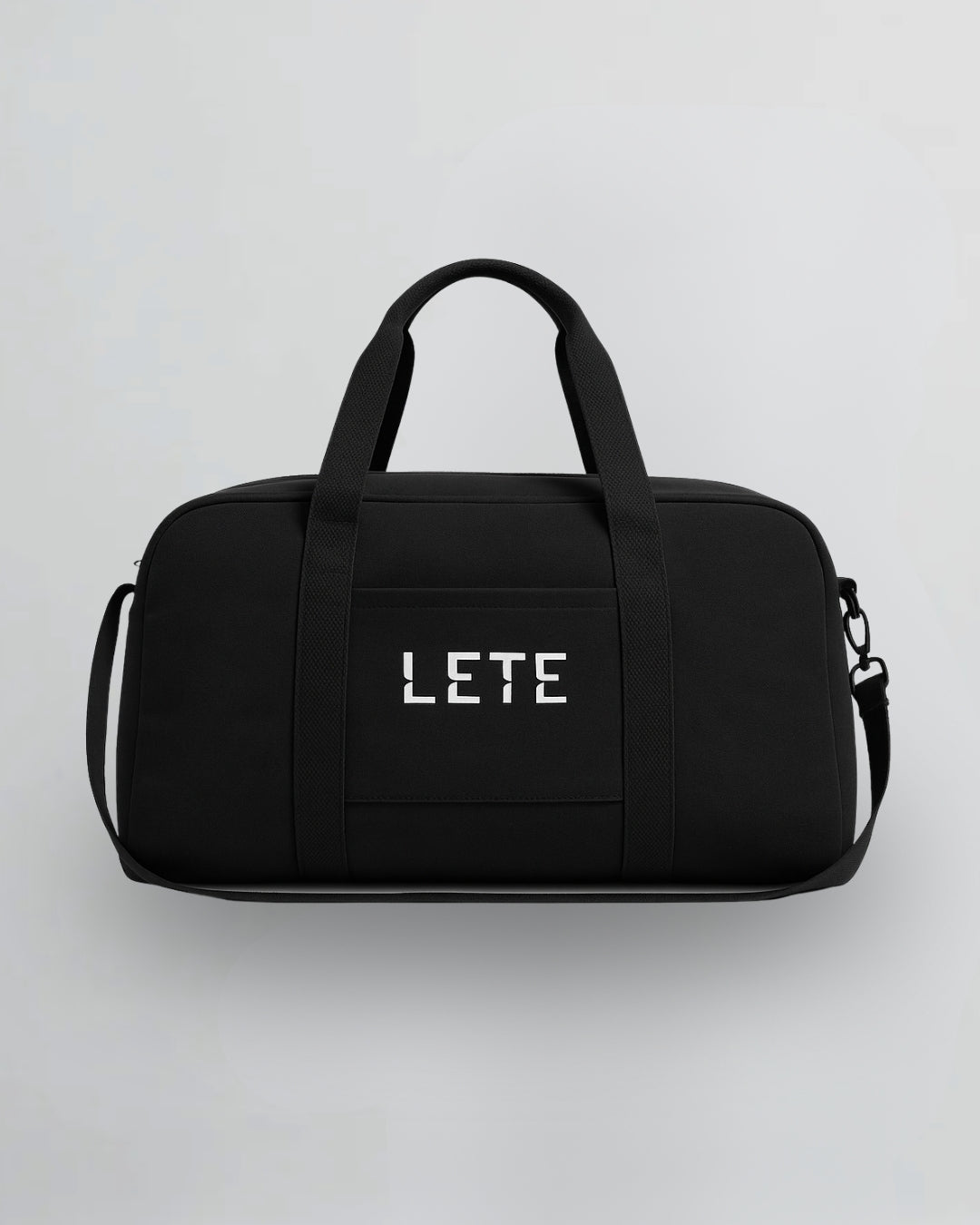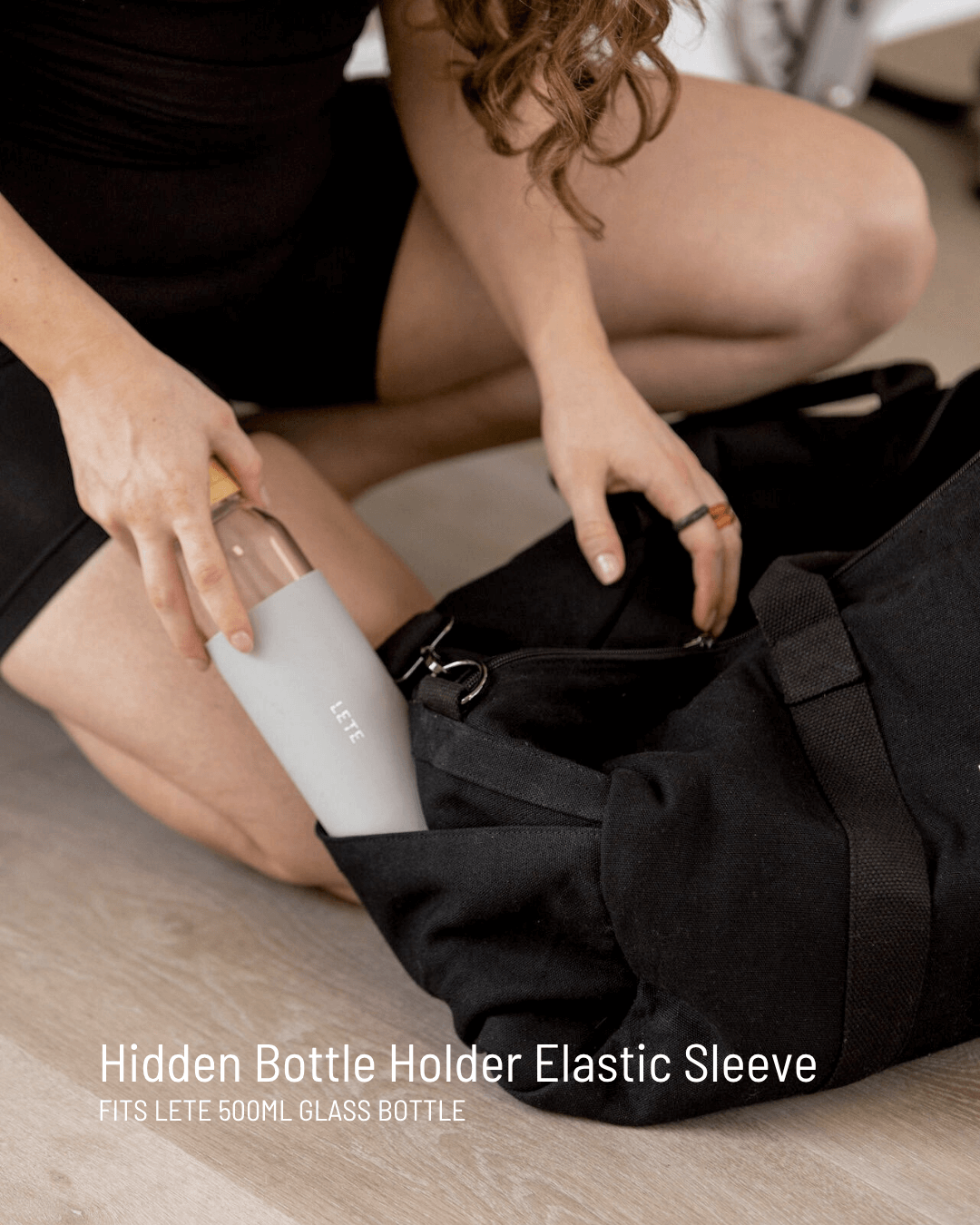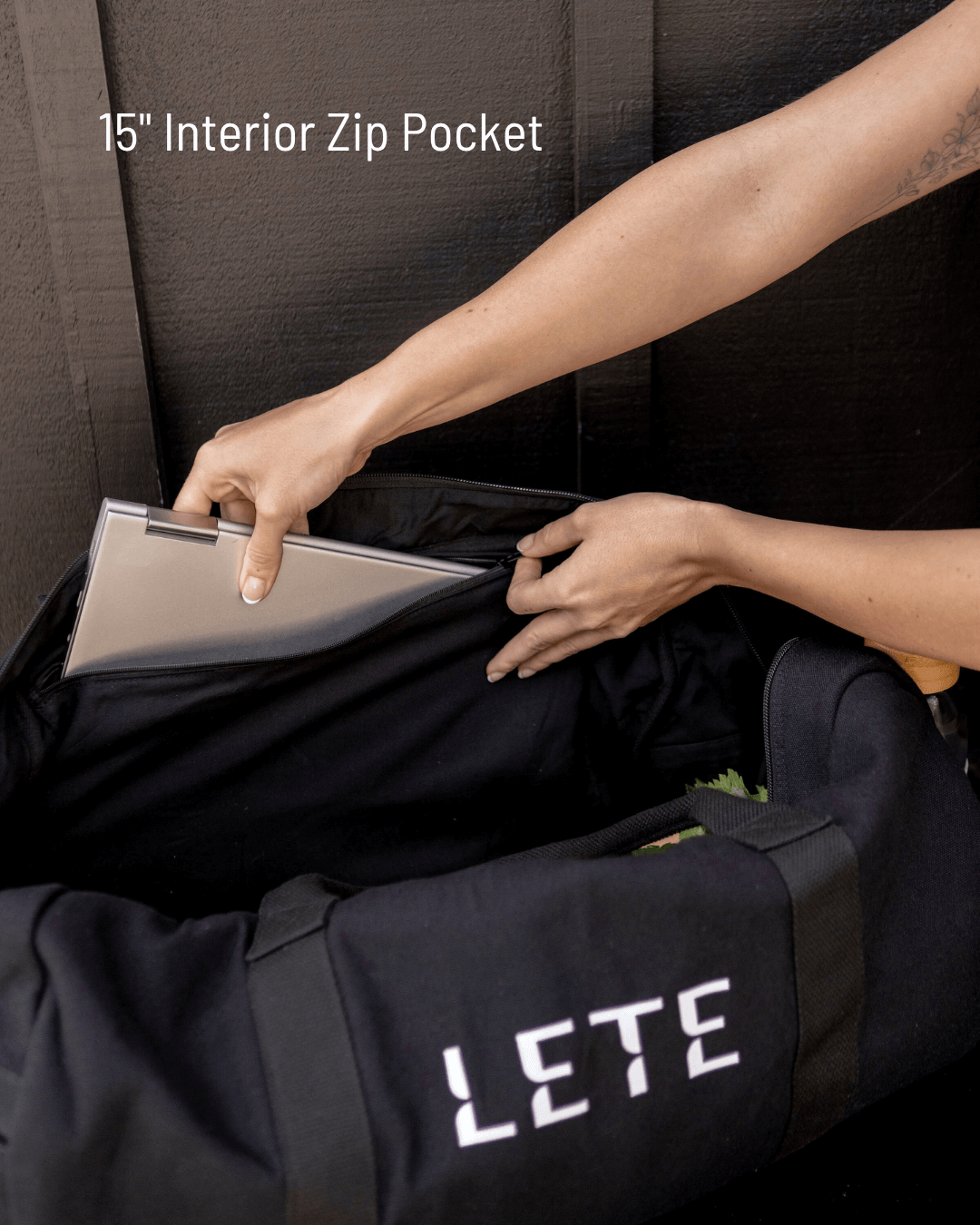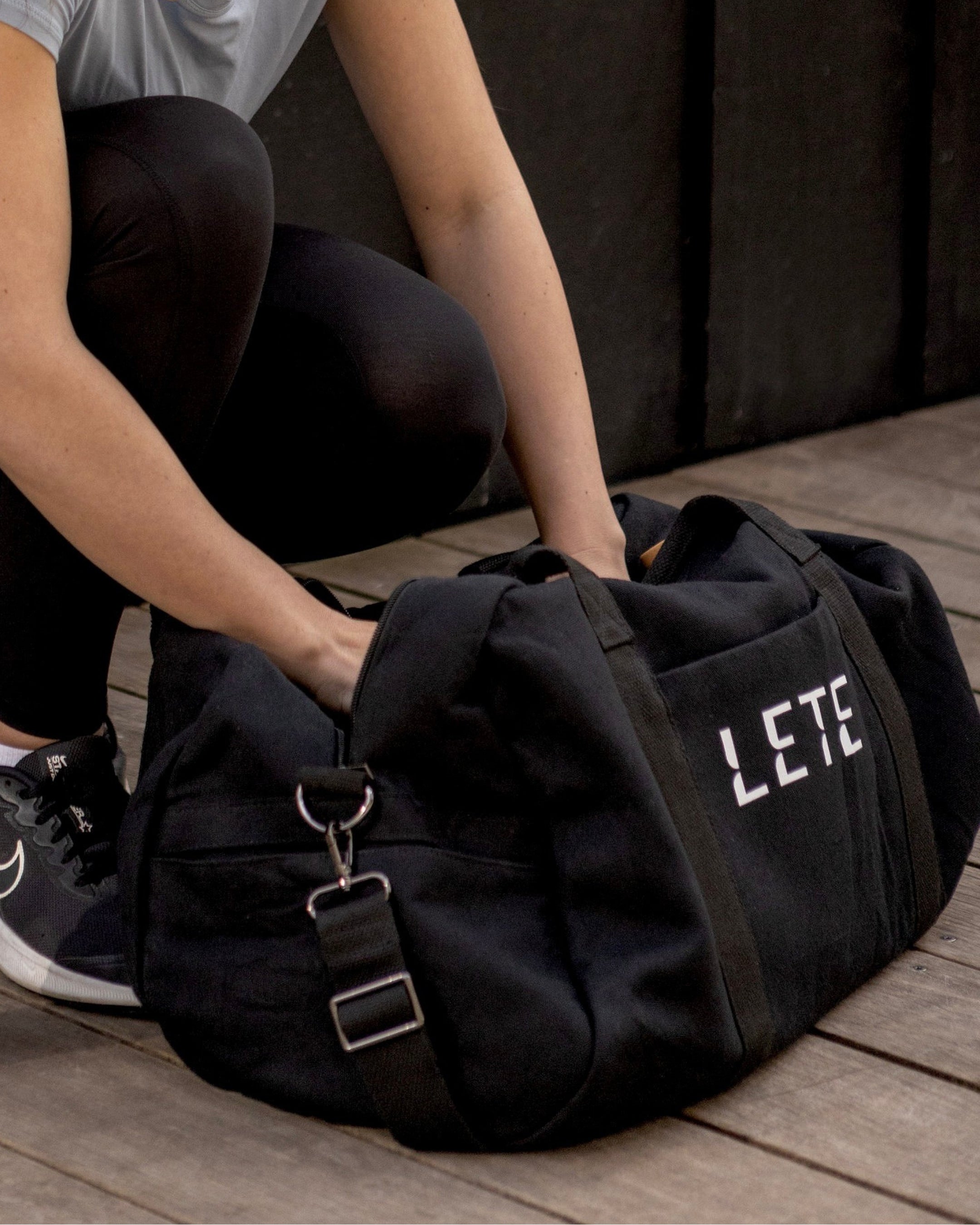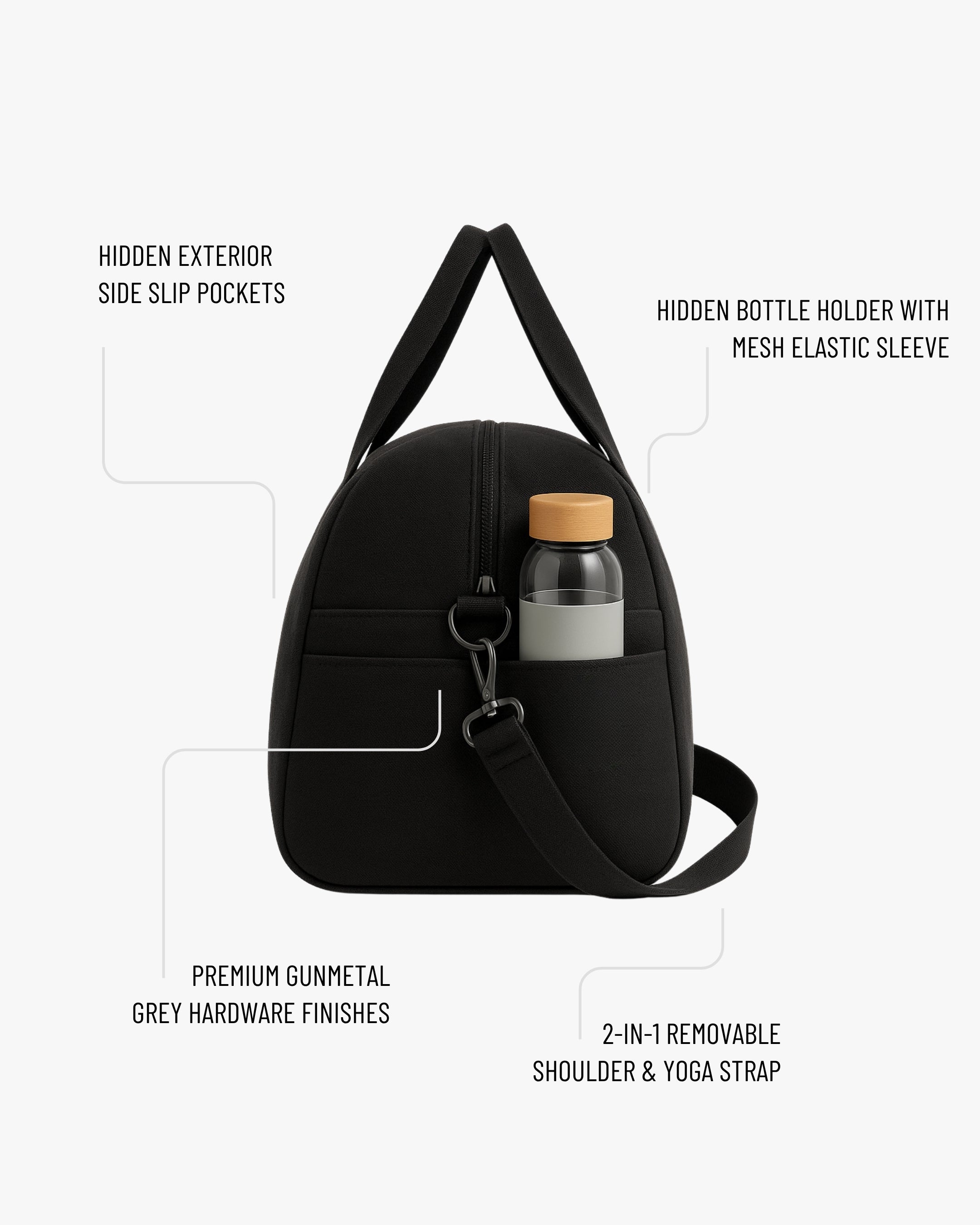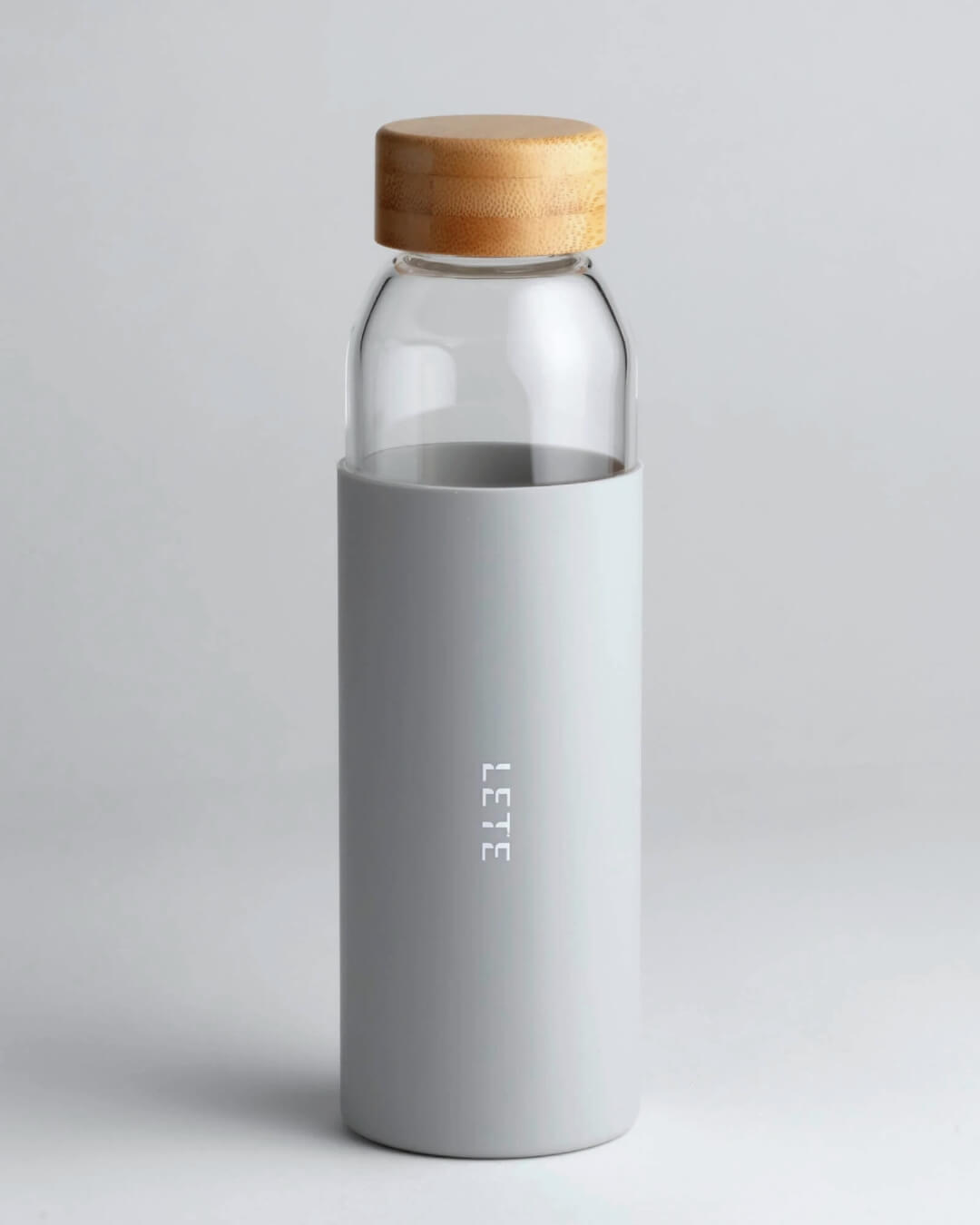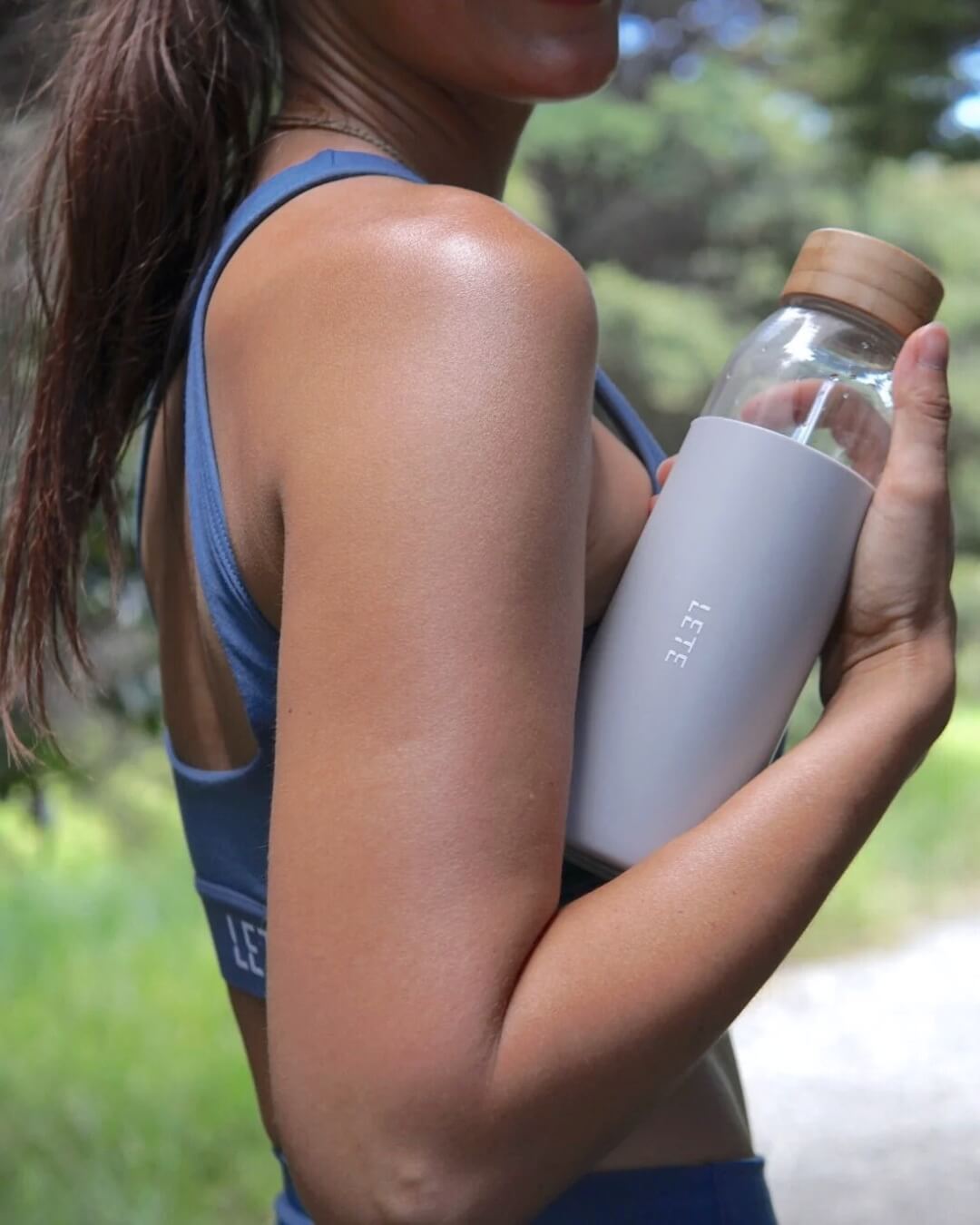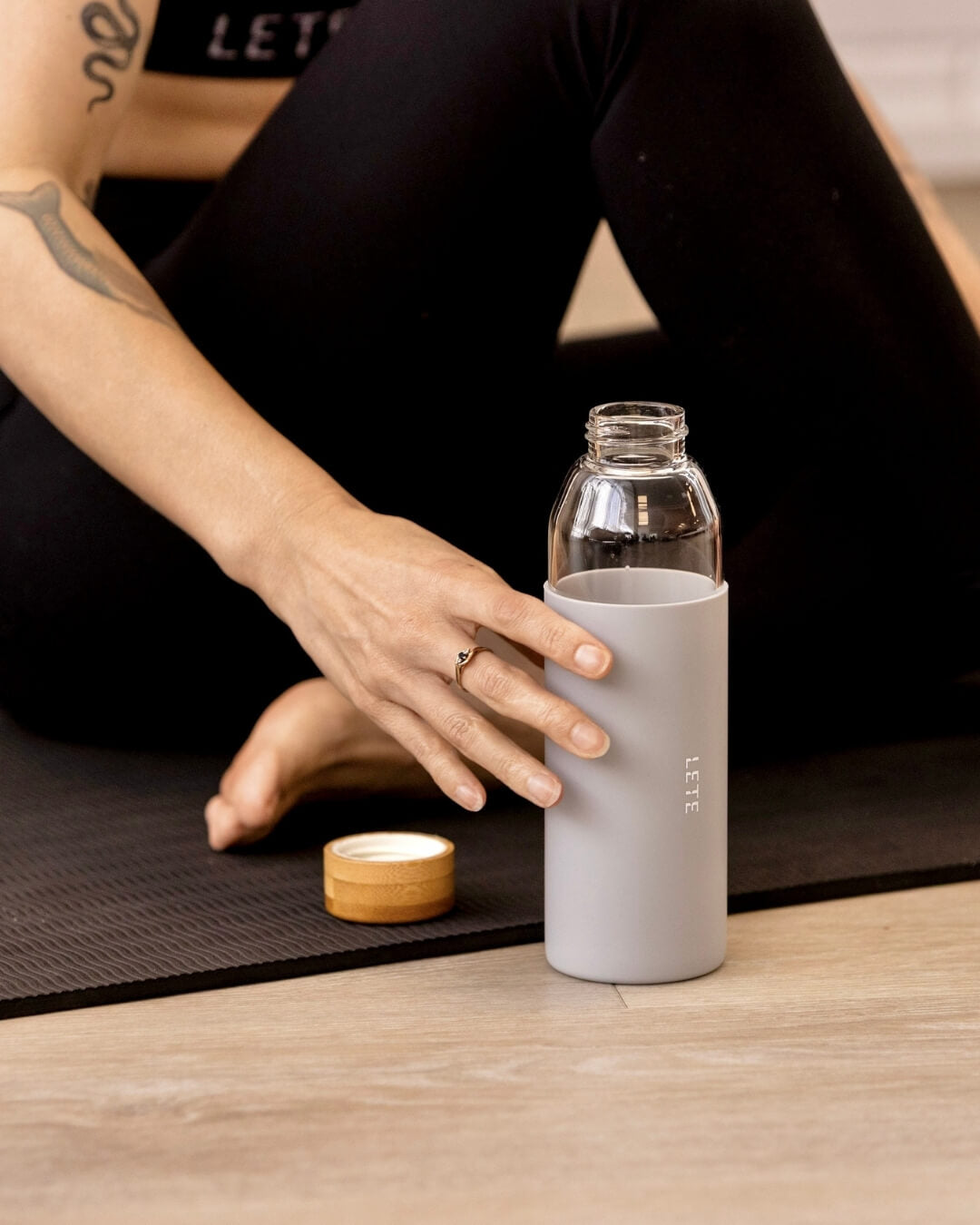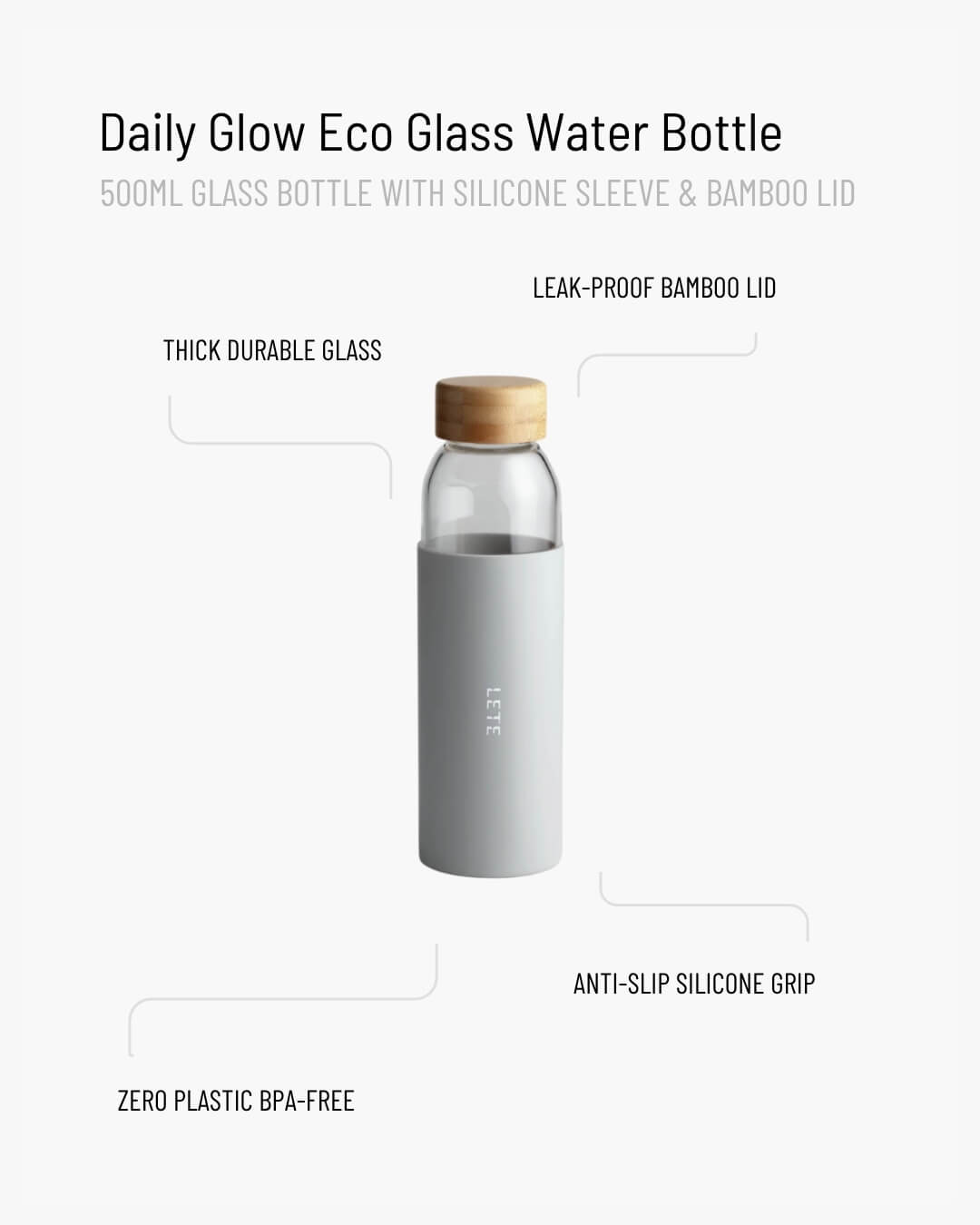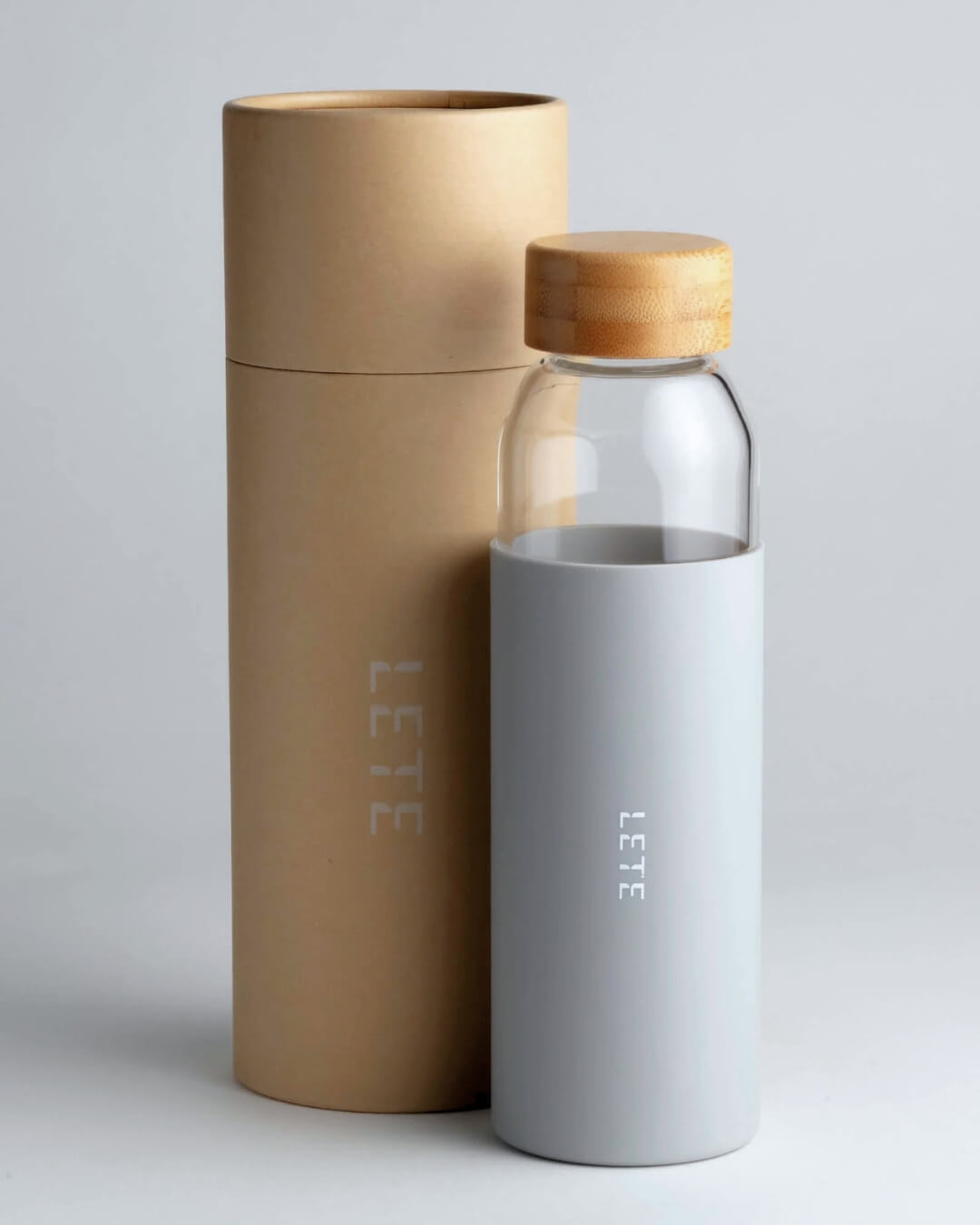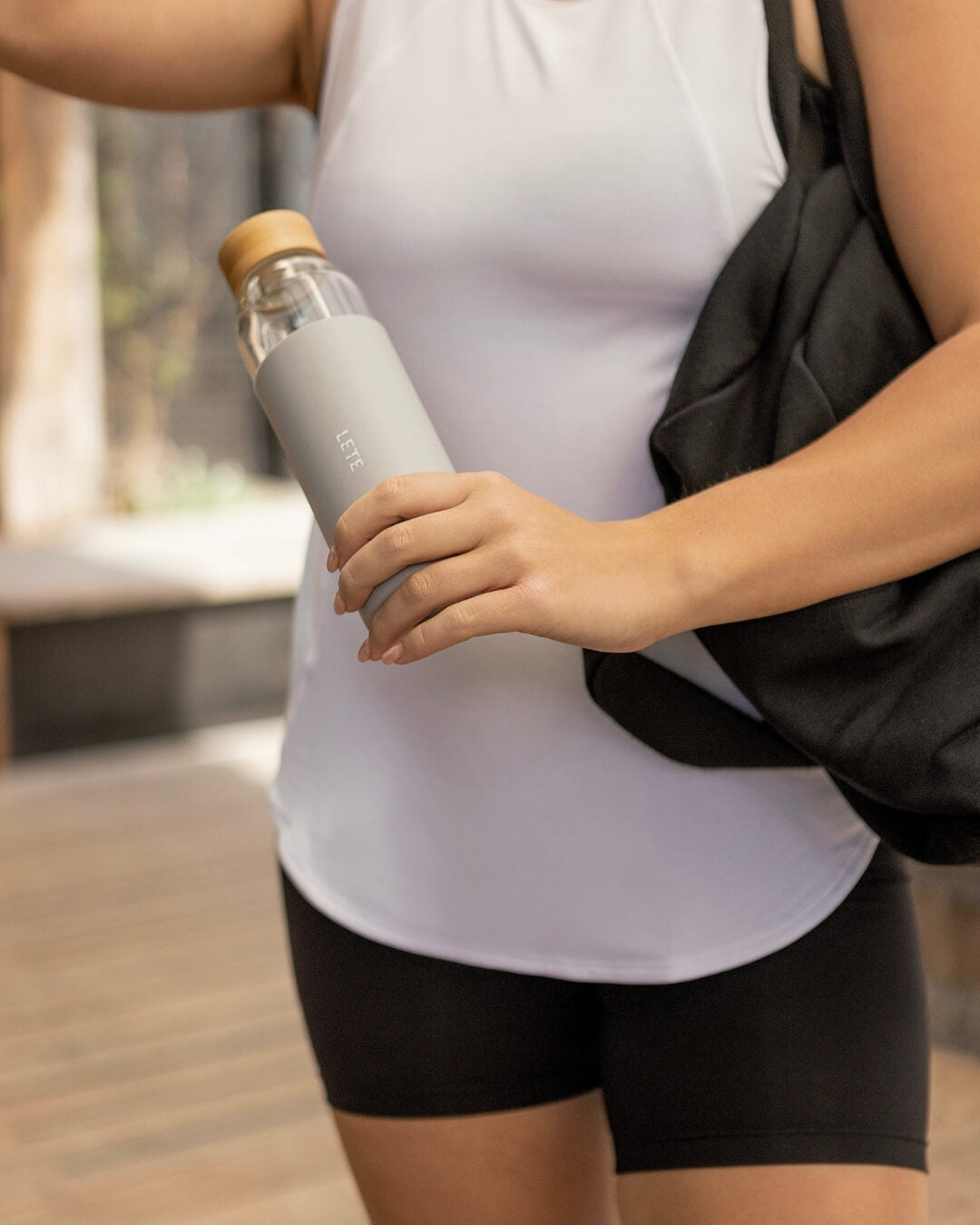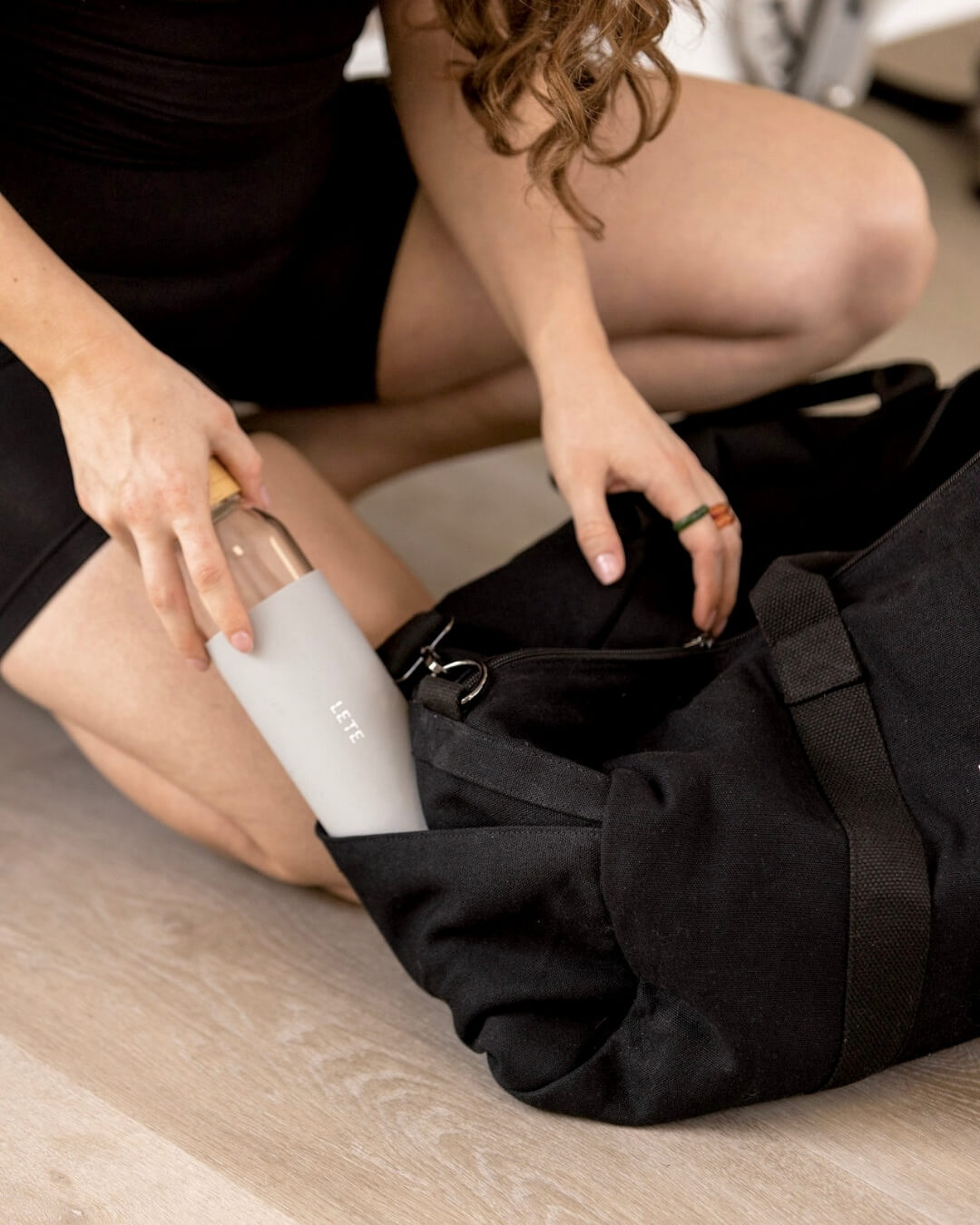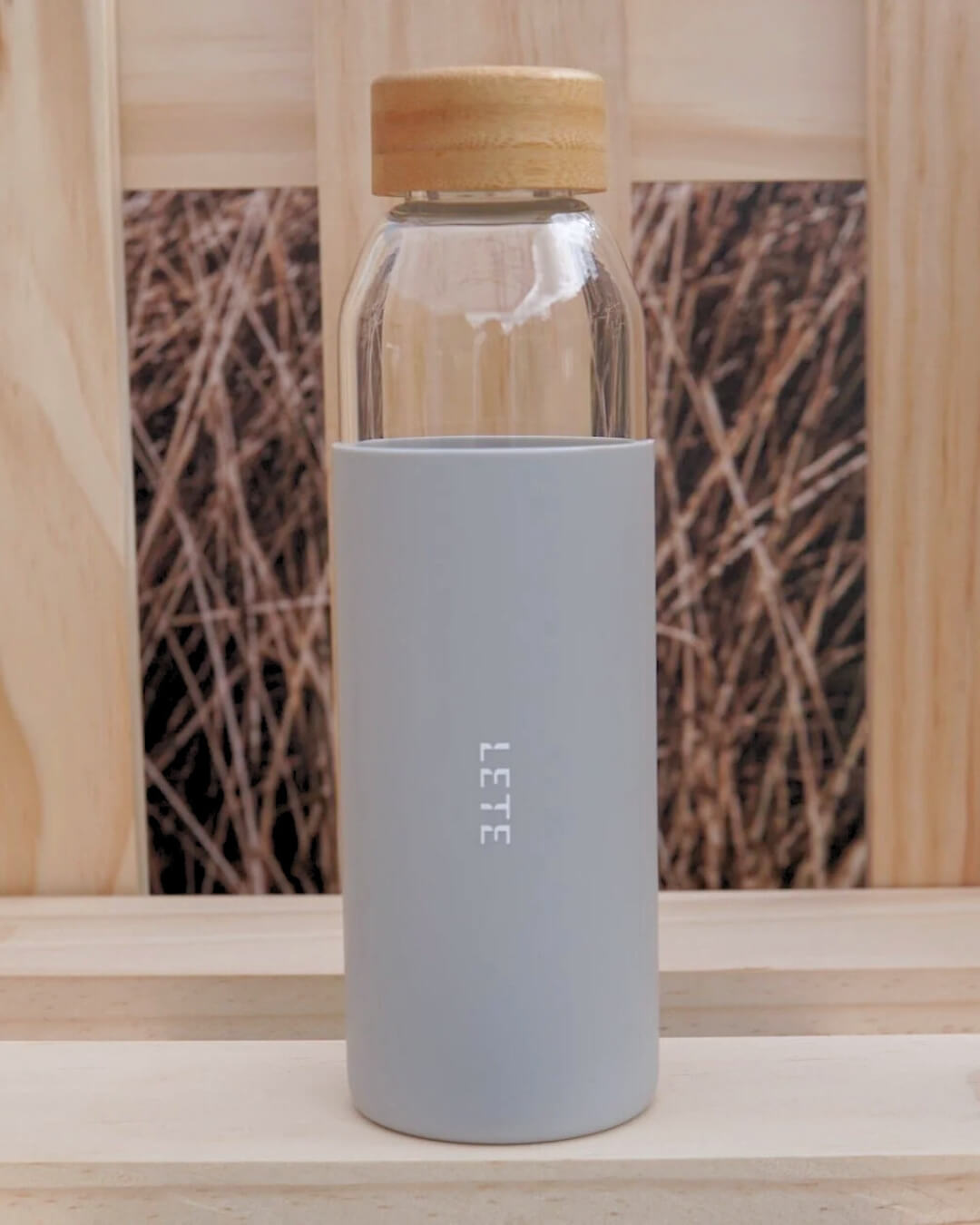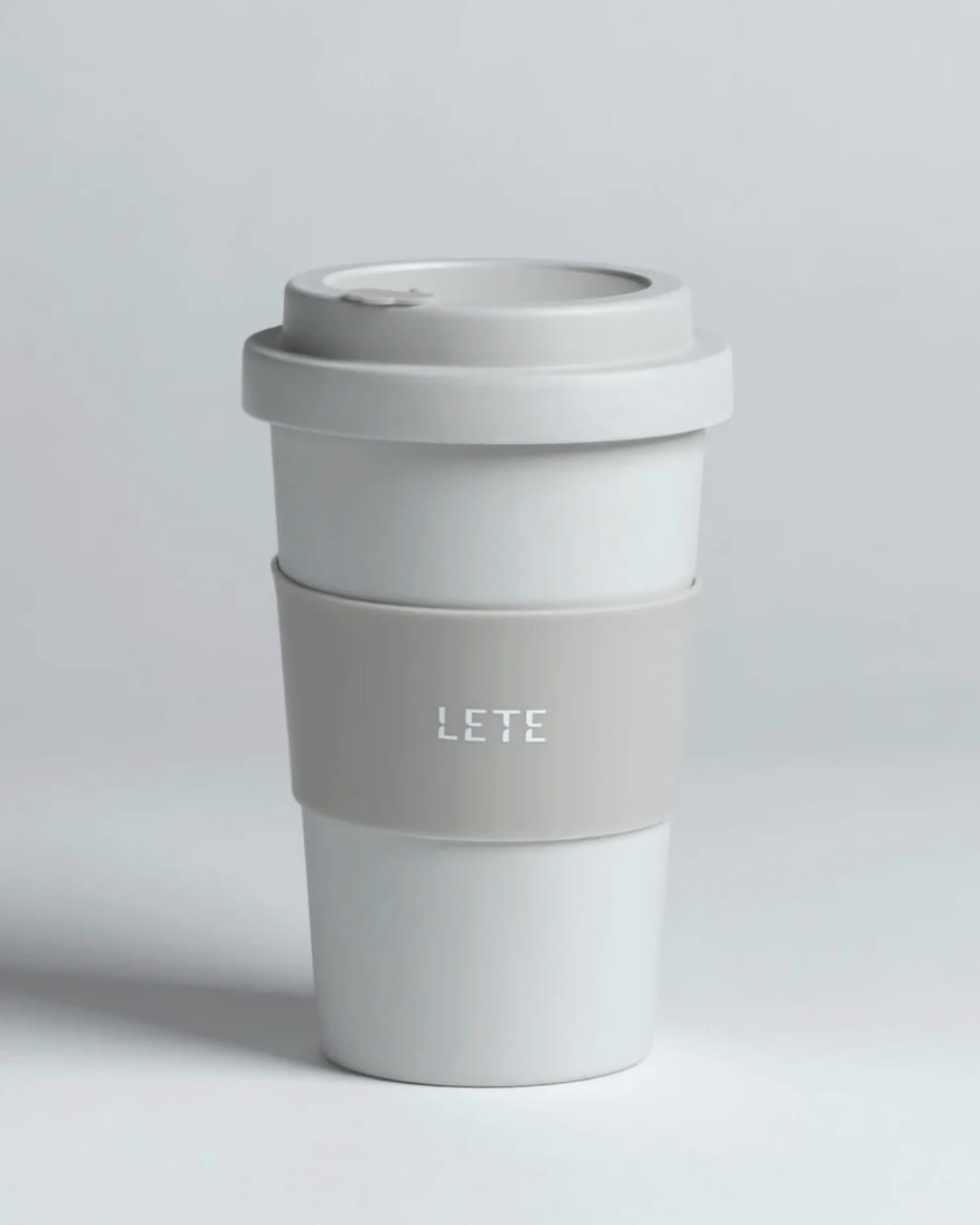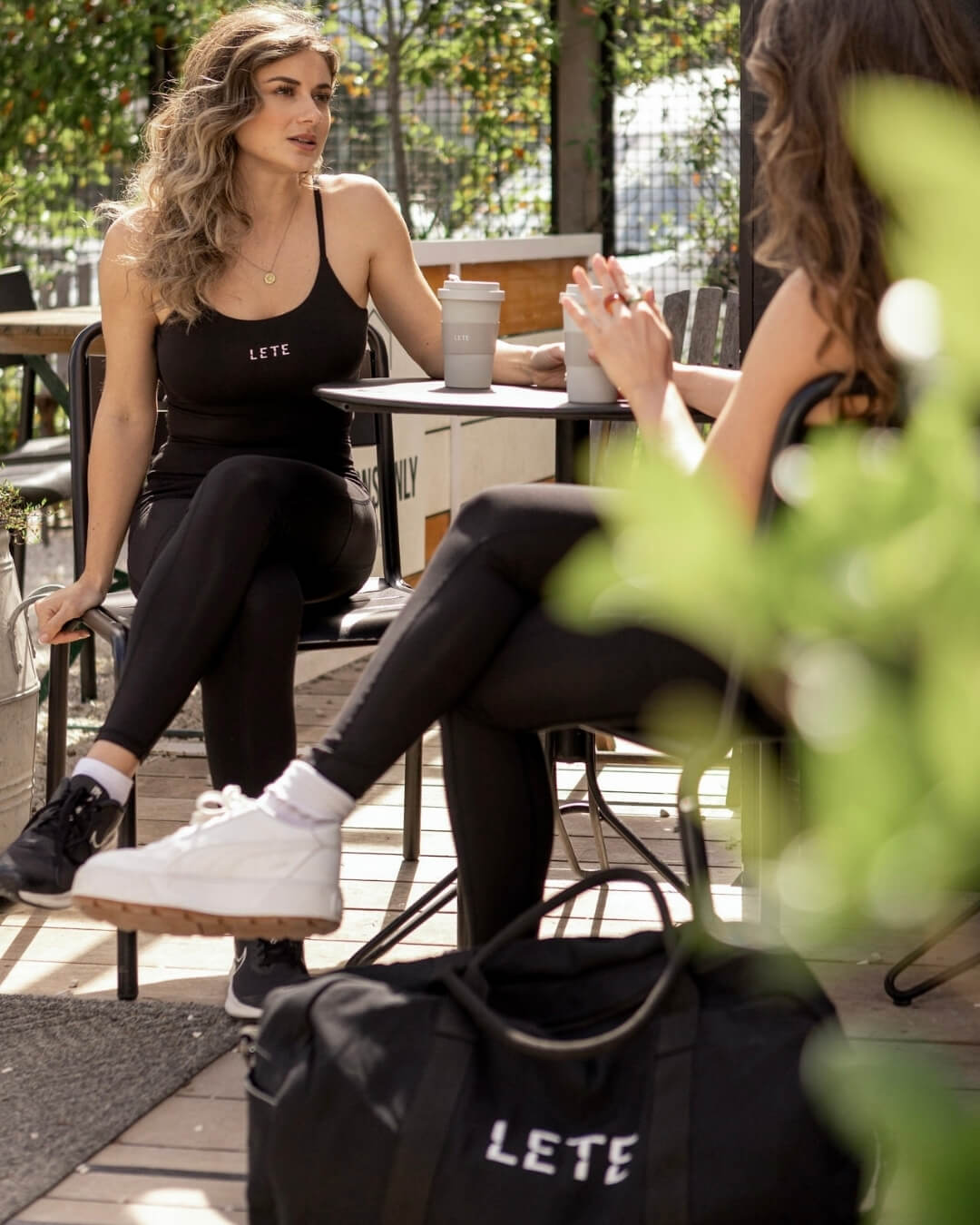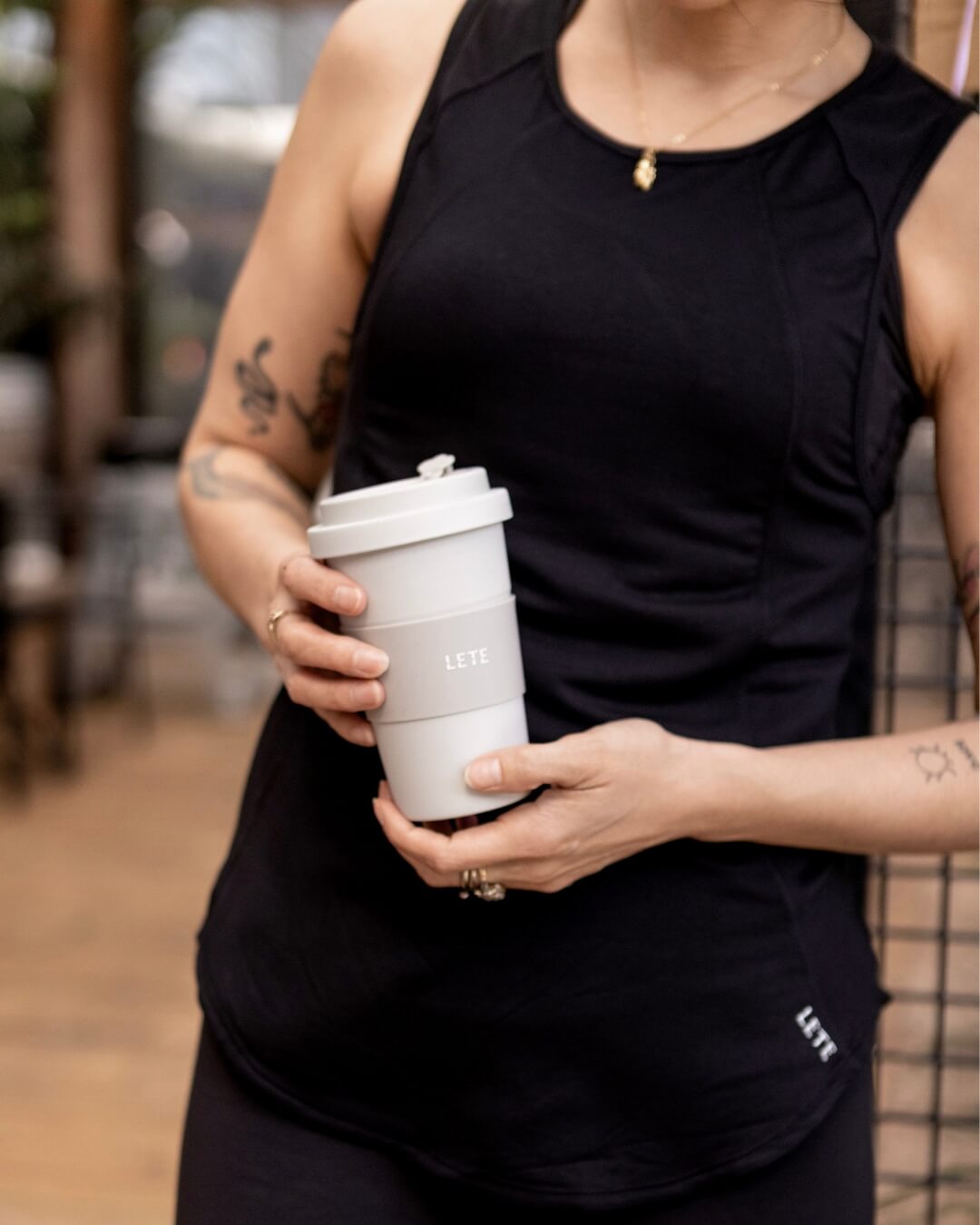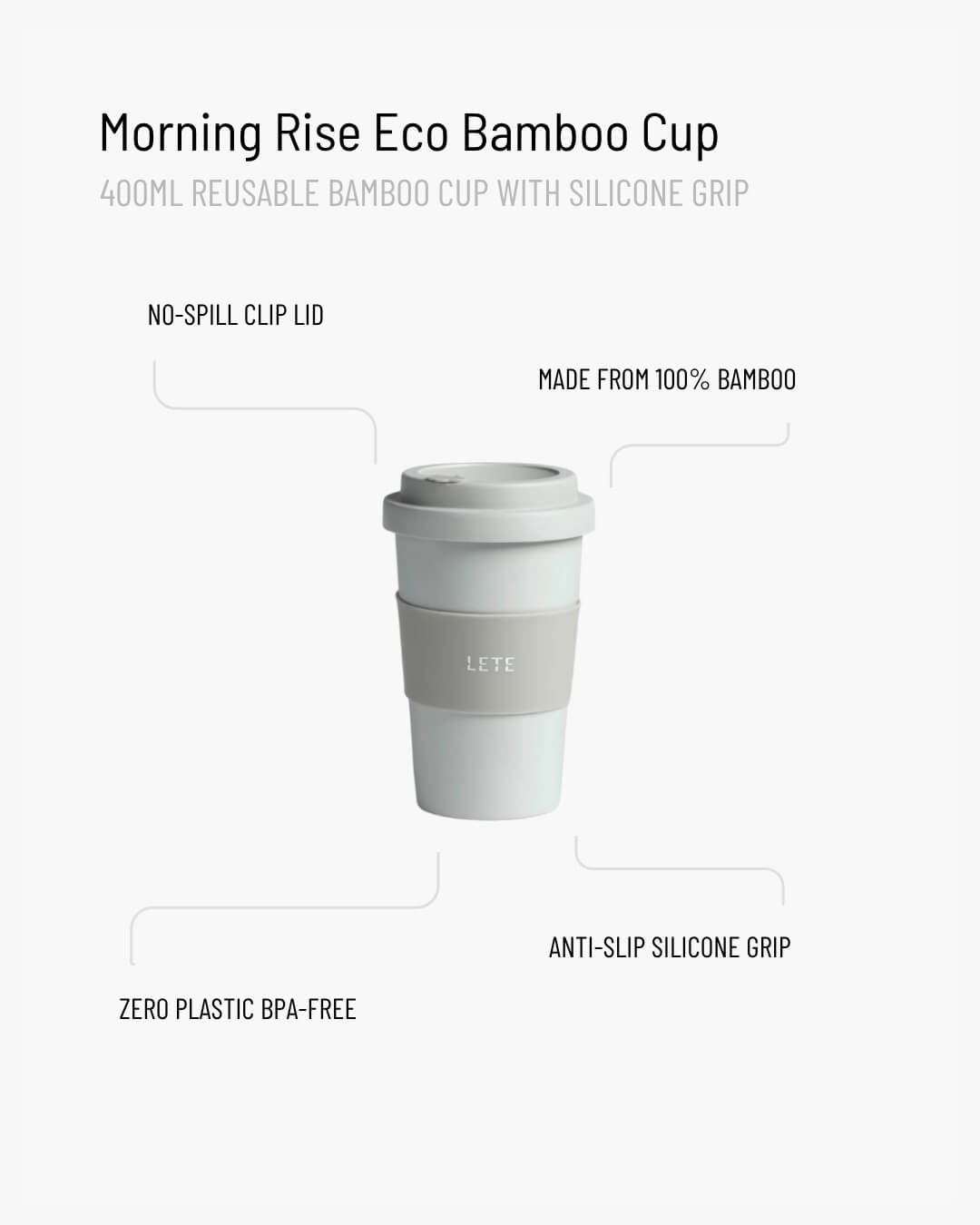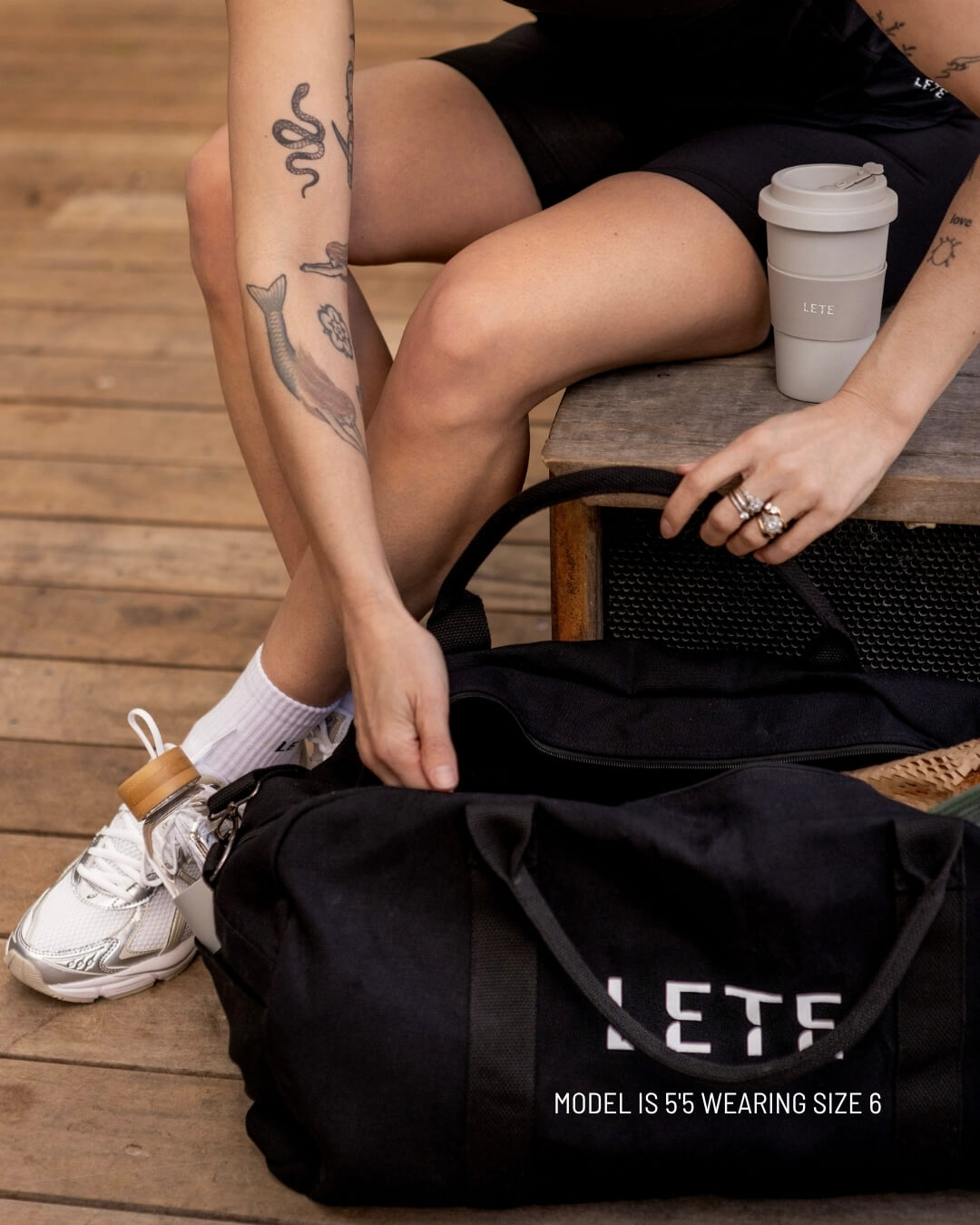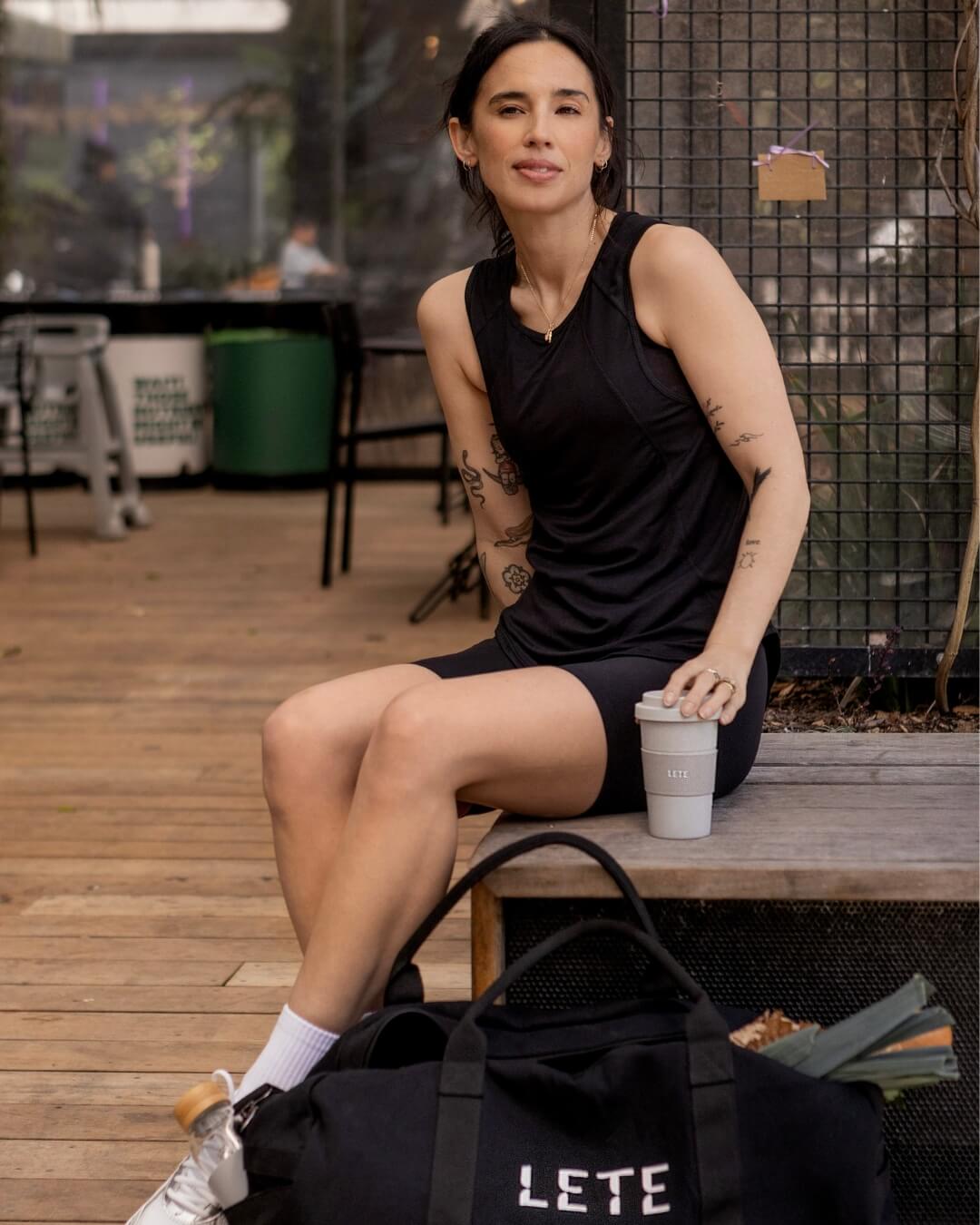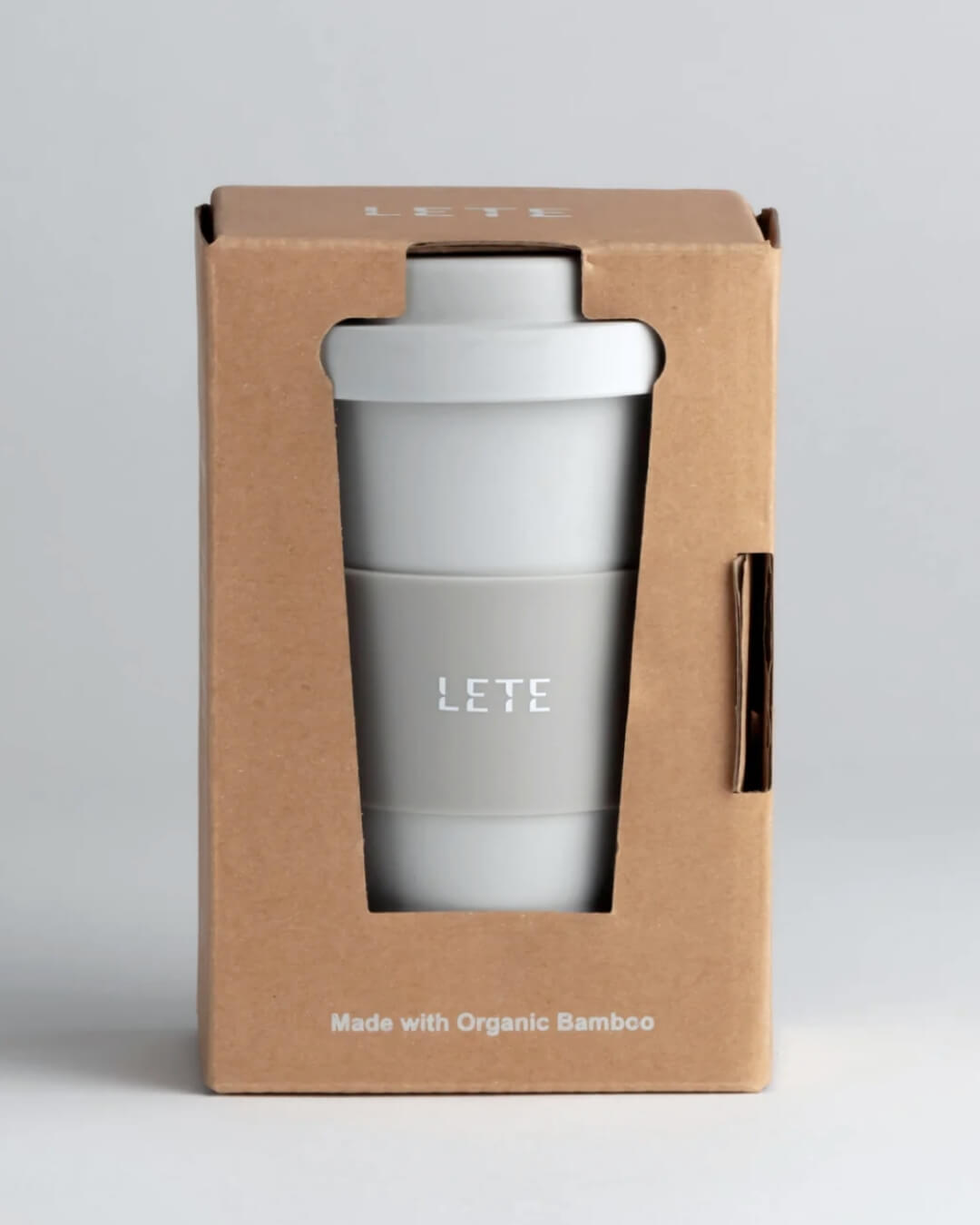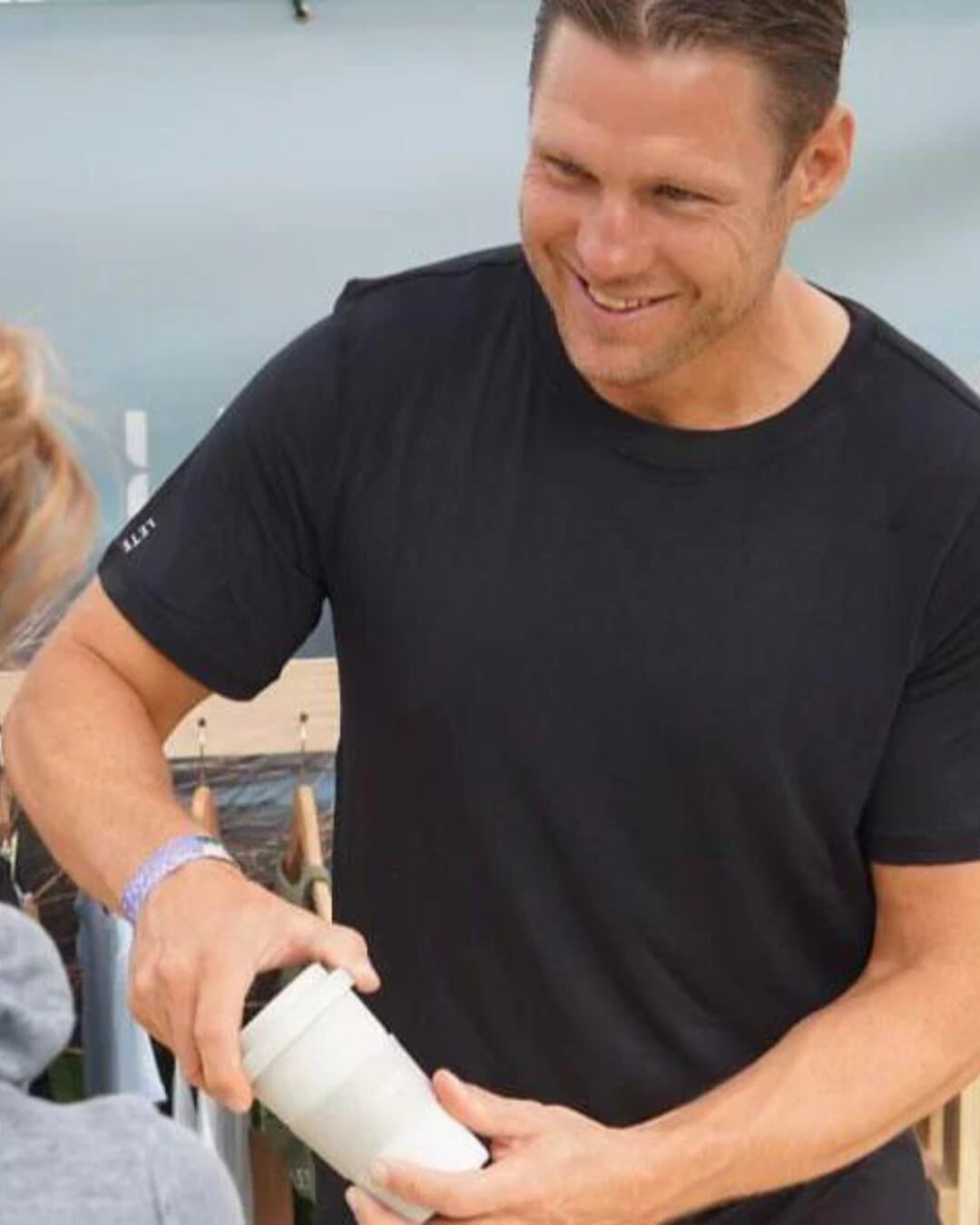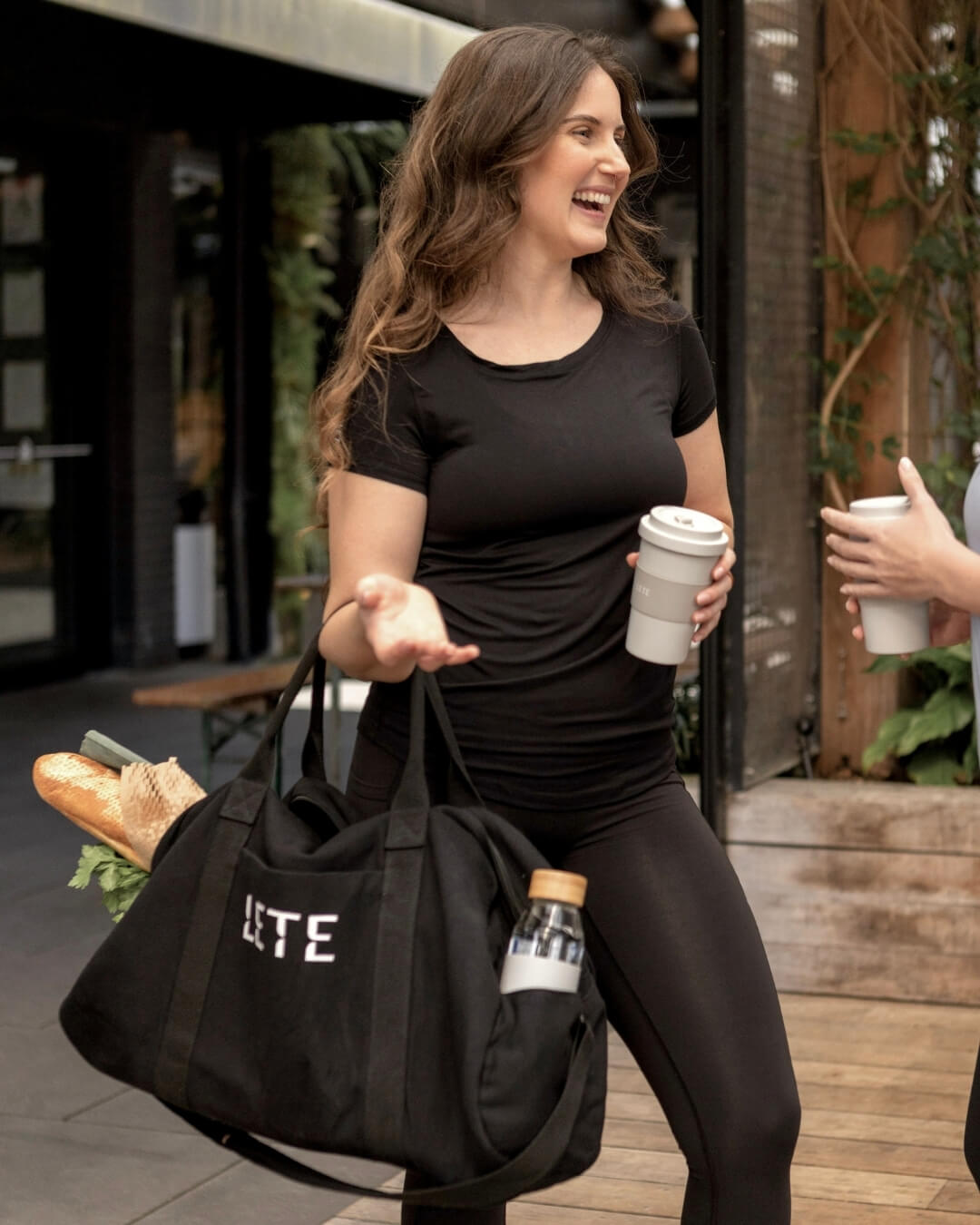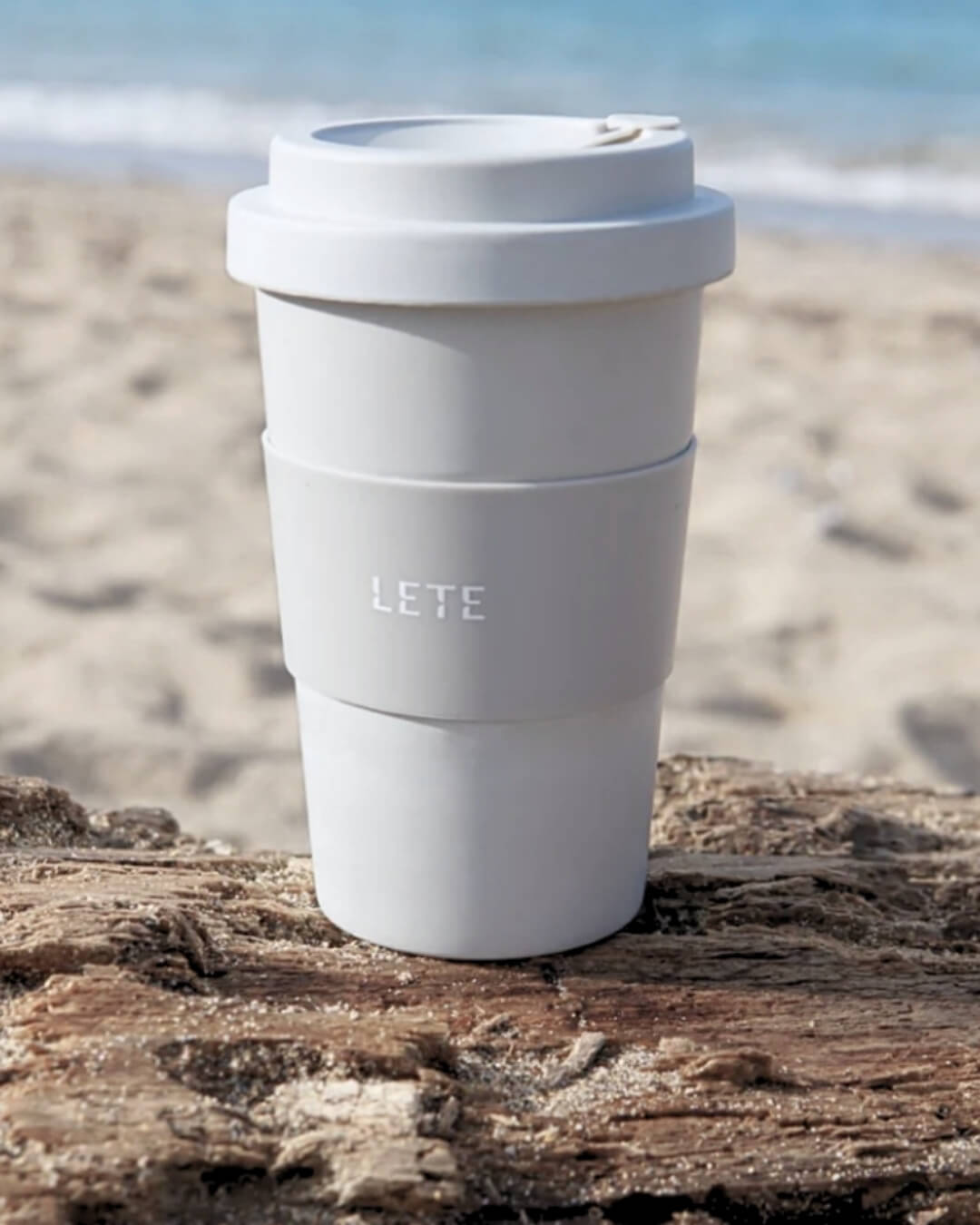Listen up, shoppers. You want to know more about sustainable fashion? You’ve come to the right place. If you’ve made it this far, you might already be pretty clued in on the topic – or, you may be relatively new to the area. Either way, we’ve gathered some pointers to give you an overall guide on some of the things to keep in mind when pivoting towards a better wardrobe that’s healthier for the planet.
Firstly, what IS sustainable fashion? Simply put, it’s clothing that’s designed, manufactured, distributed, and consumed in an environmentally friendly way. According to the Ellen MacArthur Foundation, one truck of textiles goes into landfill every second, worldwide. On top of that, the Global Fashion Agenda predicts that apparel consumption will rise by 63% by 2030 if current trends aren’t curbed. We think that’s pretty messed up. While much of the responsibility of sustainable fashion lies with the clothing brands, there’s plenty that you can do as a conscious consumer to help move fashion in the right direction.
Slow Fashion
Nope, this doesn’t mean your clothes get delivered to you slowly. Slow fashion is the opposite of fast fashion – that is, brands that churn out a new collection every week, creating huge amounts of waste and pollution in the process. We don’t wanna name names, but you can probably think of a few labels that have a brand new range every other week, while their sale section gets bigger and bigger, and the fabrications get cheaper and cheaper.
To counter this, slow fashion means looking towards brands that stick to bringing out a smaller, solid range that sticks around for a longer time. Their clothes will be made from more sustainable materials, in better working conditions, and will last longer in your wardrobe because they’ve been well-made.
Now, we want to acknowledge that often, the brands making better decisions for our planet sometimes make a bigger dent in your wallet. The reality is that most people are buying fast fashion because it suits their income, and it certainly is a privilege to be able to afford some of these ethical brands. If you find yourself shopping at fast fashion stores more often than you’d like, try buying less pieces from a more sustainable brand instead. Capsule wardrobes are all the rage now as well as being environmentally friendly - and how often are you going to wear that trendy top, anyway?
Closing the Loop
When it comes to fashion, this can mean two different things, so let’s distinguish:
The closed loop process of garment production refers to the method of manufacturing whereby no chemicals escape into the environment or atmosphere during the process, resulting in an eco-friendlier product with minimal impact on the environment. Many brands will be transparent on their website about whether they source from manufacturers who use the closed loop model, so if you’re not sure about your purchase, see if you can track down any of this information before you hit checkout.
When fashion brands talk about closing the loop in their marketing, they’re most likely referring to the idea of a circular fashion industry: reuse, repurpose, recycle, so that products circulate in society for as long as possible rather than ending up in landfill. The closed loop model of fashion takes several things into consideration, such as longevity, minimum environmental impact and waste production, and efficient use of water and energy. Products are produced with zero harmful substances or chemicals to make them safe for composting and biodegrading, as well as safe for industrial recycling. This also means that products are designed so that their individual parts can be recycled (in the case of metal or plastic) or biodegraded and composted (in the case of cotton or wool).
Plenty of worldwide organisations are putting the pressure on big brands to move towards this circular model of fashion, and you can help by throwing your support behind the brands that are implementing this environmentally friendly standard. Many brands are now offering collection points so that customers can return their used garments; this puts the onus back on the clothing labels to recycle the clothes, but also on consumers to be responsible and make the effort to take their clothes back into stores or to a collection point.
Shop Mindfully
Yah, obviously. But what does this mean? Read the care labels to check the fabrications, see if the brands have any certifications, and washing instructions (something cold washable saves energy over something that needs a hot wash). Moreover, try and buy pieces that you know you’ll get good wear out of. Try and picture yourself wearing it to at least three different places or settings. If you think you’ll only wear it to that one event you have coming up at lightning speed and then never again, maybe it’s better to let it go. Ditto that top that’s super on trend right now but will probably be embarrassing to still be wearing in six months’ time (anyone else remember the flannel shirt around the waist trend of 2014, or the choker trend of 2016?).
Repurposing
If you’ve well and truly worn out a garment, it might be worth repurposing it into a different household item: cleaning cloths for the kitchen or bathroom? Wrapping paper? If you’re handy with a sewing kit, you could even try making scrunchies. Or, why not cut the fabric into strips and wrap it around your coat hangers for a cute wardrobe aesthetic? In 2021, you never know when you might need a new facemask, so you could also look into cutting up an old cotton tee into some new masks.
Op Shop, Rent or Clothes Swap
Other great ways to find new pieces to wear without impacting the planet? Fall back in love with op shopping! It’s the best way to find unique, envy-inducing clothes, and they’ll probably only set you back a fraction of the cost of something new. If you need something fancy for an event but you know you probably won’t get much wear out of it, try renting! There are so many Rent a Dress type stores in most cities these days, and you can usually browse their collection on their website. If you still don’t want to pay that much, organise a Clothing Swap with a group of likeminded friends and make it into a fun social event.
Fabric Choice
When it comes to the actual fabrication and material of your clothes, it’s not just about what they’re made from and where. We went into depth on this topic in our previous blog post (which you can check out here), so we won’t rehash the pros and cons of each material. Instead, here’s a few key things to consider when choosing your garments.
How much water does it take to produce?
This can vary drastically between materials. Cotton, while a great natural fibre, is somewhat notorious for how much water it takes to turn into clothes – did you know that 20,000 litres of water produces only one pair of jeans? Meanwhile, hemp requires much less water to grow, while bamboo can grow up to three feet per day, making them a pretty great renewable source of material.
How much C02 emissions did it release during its production?
Each fibre goes through a different production process depending on its physical qualities, some requiring more rigorous manufacturing than others. For example, hemp is a hardy fibre that goes through an intensive de-gumming process during manufacturing, which means it emits more C02 than, say, cotton. Likewise, linen is more likely to break during the weaving process, leading to a lengthier manufacturing process.
How much of an impact does it have on the environment?
This applies to before the garment makes it into your life, and afterwards too. Afterwards, the main thing to look for is a biodegradable material, so that if the garment isn’t going to be recycled into something new, at least it won’t become waste. When it comes to a garment’s early life, it’s good to keep in mind where the material is coming from and whether it’s being responsibly sourced. You can check for certifications such as the Forest Stewardship Council, which represents responsible forestry and no natural habitat loss or destruction in the making of the garments. You can also consider how quickly certain fibres grow, and how much waste they produce – here, linen does well, with every part of the plant able to be used and leaving nothing to go to waste.
Go for natural fibres with as little or no plastic in them as possible – every time we wash clothes with synthetic fibres in them, millions of plastic microfibres are released into the water. These tiny plastics are too teeny for the machines to catch and filter, so where do they go? Straight into our oceans and waters, where they cause damage not only to the environment but to all our beautiful living creatures that inhabit it.
Is it durable?
At the end of the day, you just need your clothes to last – this is the real key to sustainable fashion at an individual level. Bamboo, cotton, linen, hemp and denim are all sturdy fabric choices that will stick around your wardrobe for many years to come. Stick to the washing instructions, air dry them where possible, treat your garments with love, and they’ll last the distance. And the other good news about natural fibres? Eventually, they will start to break down (after many, many, many, many wears), because they’re biodegradable.
How to Spot an Ethical Slow Fashion Brand
Here, Google is your friend. There are so many articles available about ethical brands to follow, right down to niche trends or sustainable matching tracksuit sets. But here’s a few things to keep in mind when you’re scouting out a brand and you want to know more:
- They’ll usually have a smaller collection.
- They might not have a brick and mortar store or be available in large chains.
- They’ll be transparent about where and how their garments are made and what they’re made from.
- They should be easy to contact and get back to your relatively quickly if you get in touch.
- They might have certifications visible on their website or care labels.
Avoid Greenwashing
We wrote a whole blog about this topic (which you can check out right here) because it’s a doozy. This goes hand in hand with spotting ethical brands, and once you know what to look for, you won’t be fooled anymore. Greenwashing is a cheeky marketing tactic that brands will use to make their products seem more environmentally friendly than they actually are – using buzz words on their labels that don’t really mean anything such as PURE and ORGANIC, fake ‘medals’ to make you think they’ve won environmental awards, pictures of the earth or a healthy looking farm to reassure you that they’re eco-friendly…you get it. Meanwhile, the energy that these brands put into trying to fool you should actually be spent making their brands more ethical. The good news is that once you start to know what to look for, these tactics will very quickly stop pulling the wool over your eyes.
Sources
https://www.greenstrategy.se/closed-loops-fashion-textile-industry-definition-and-challenges-2/
https://www.drapersonline.com/topics/sustainable-fashion/circularity-can-fashion-close-the-loop
https://www.close-the-loop.be/en


